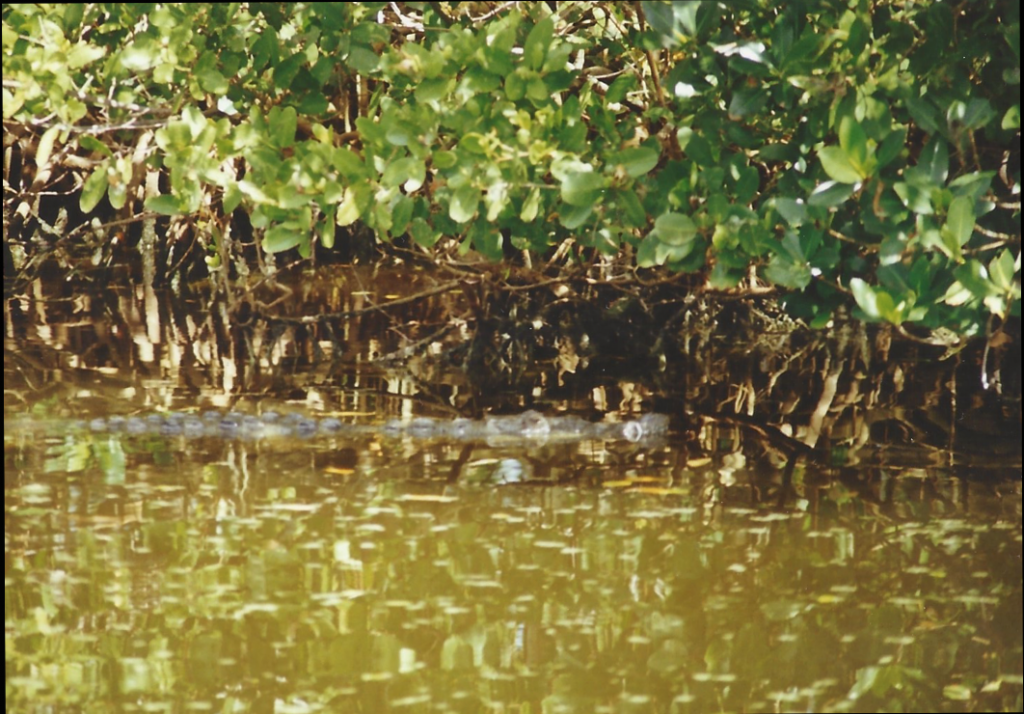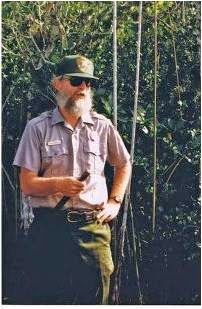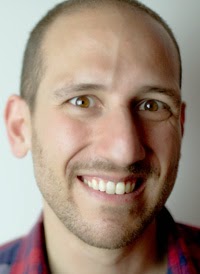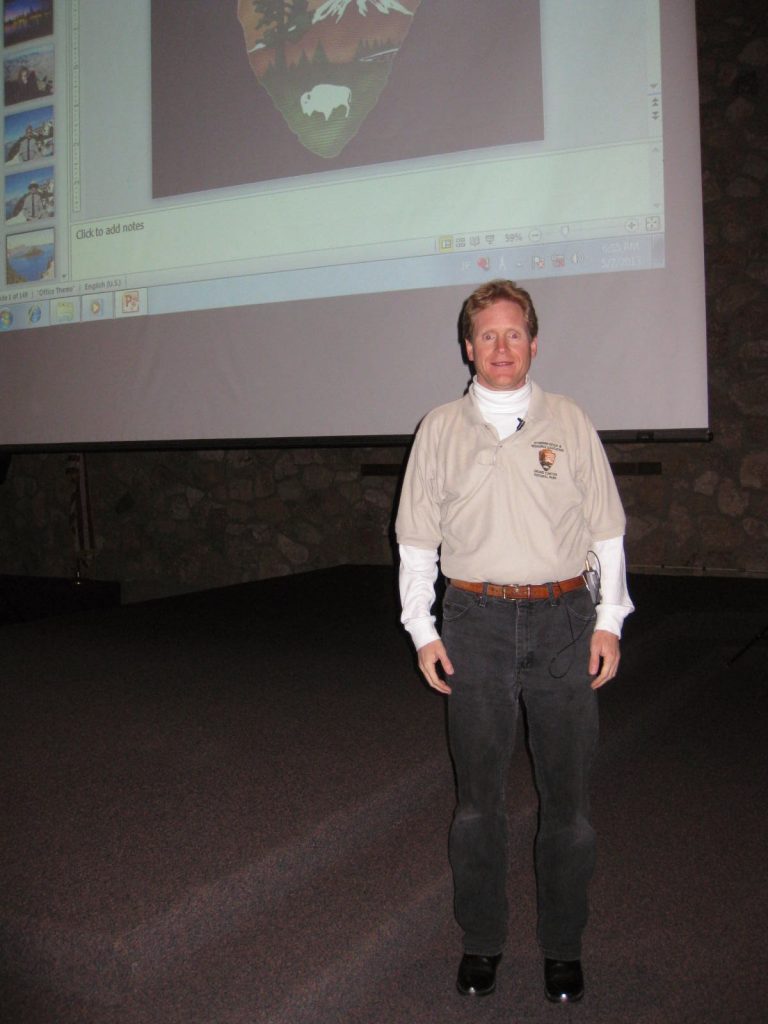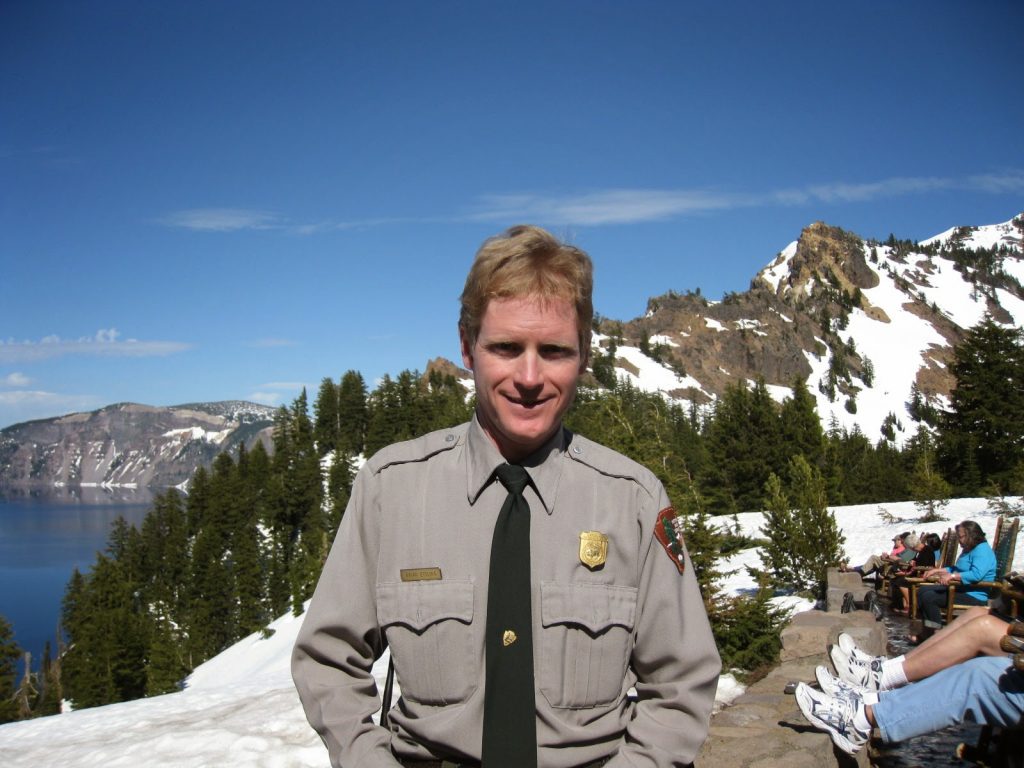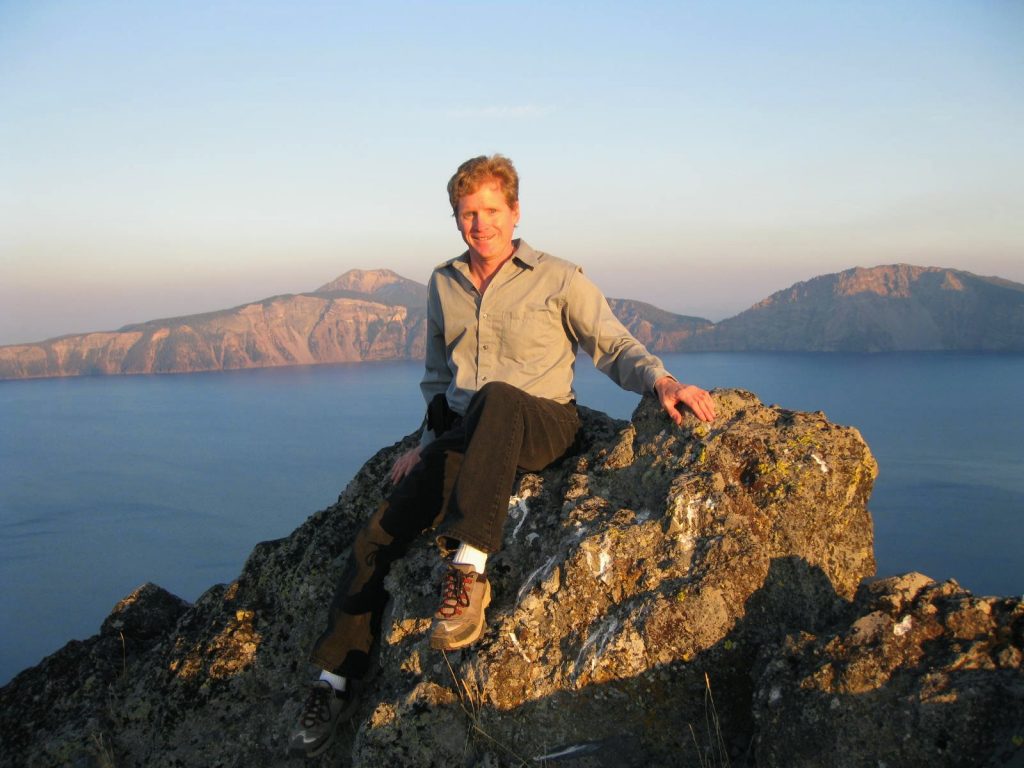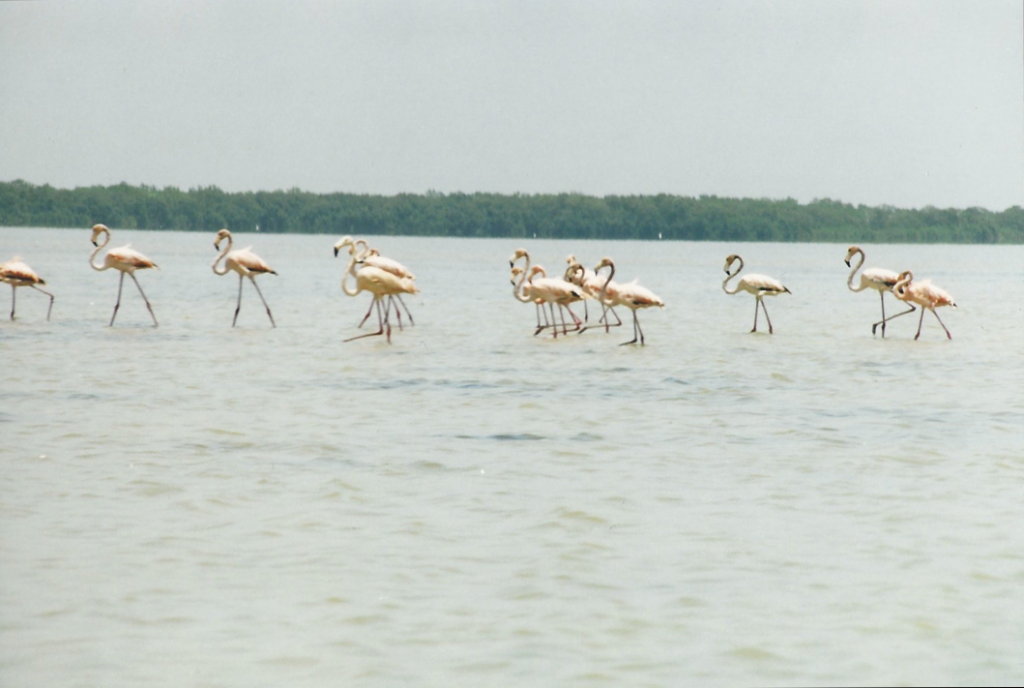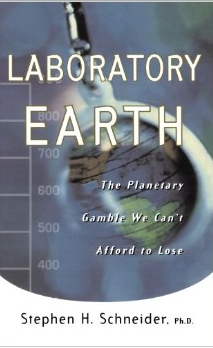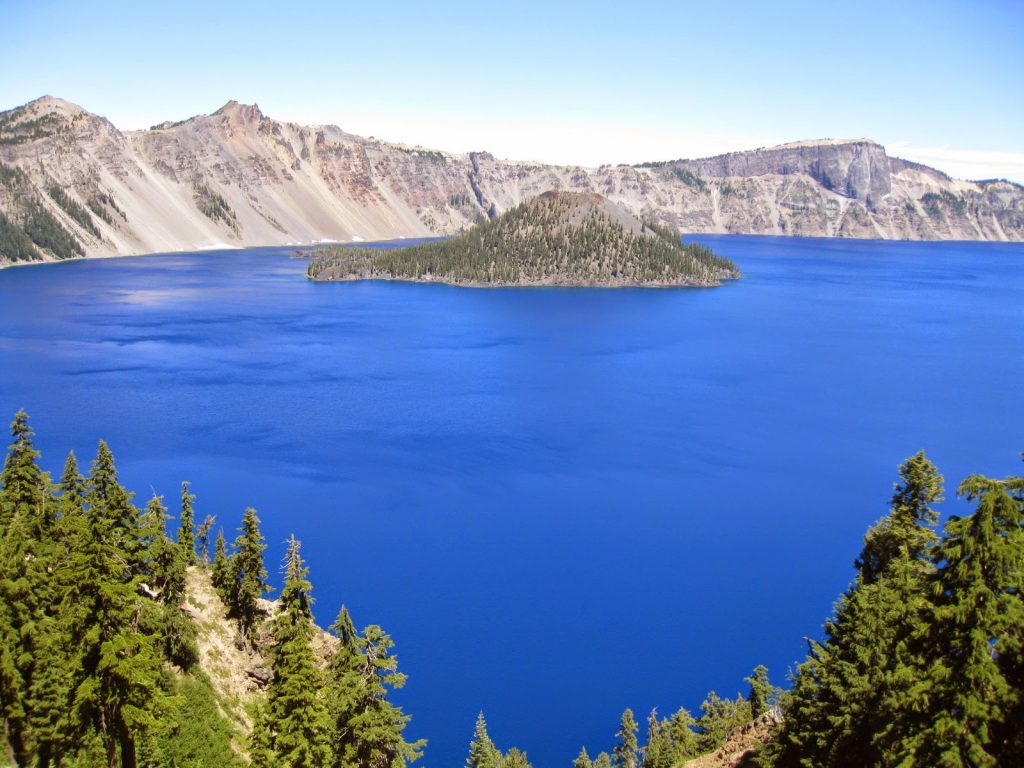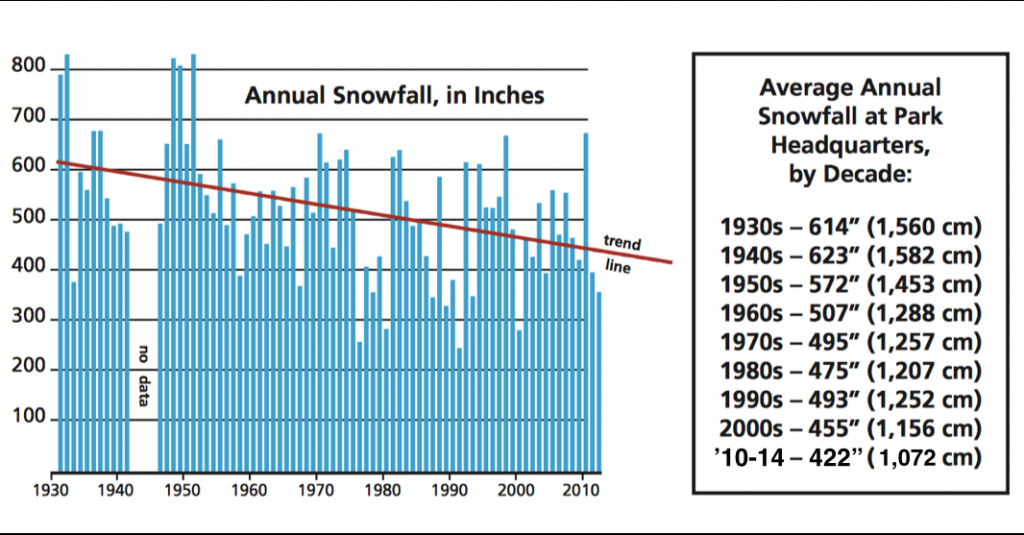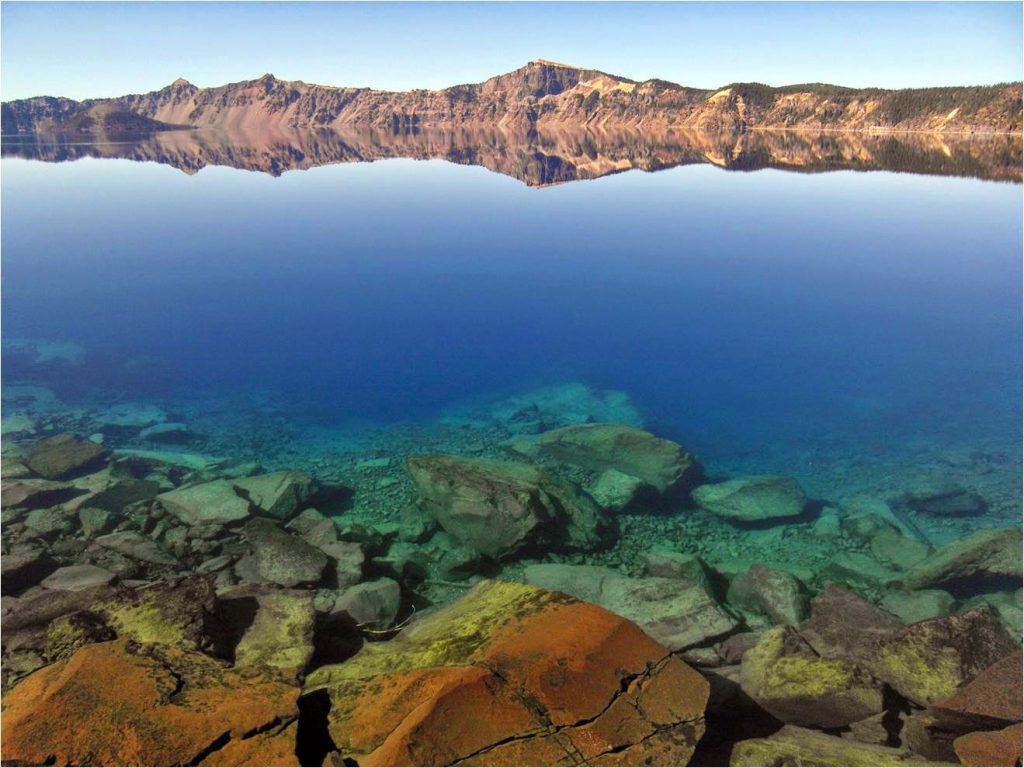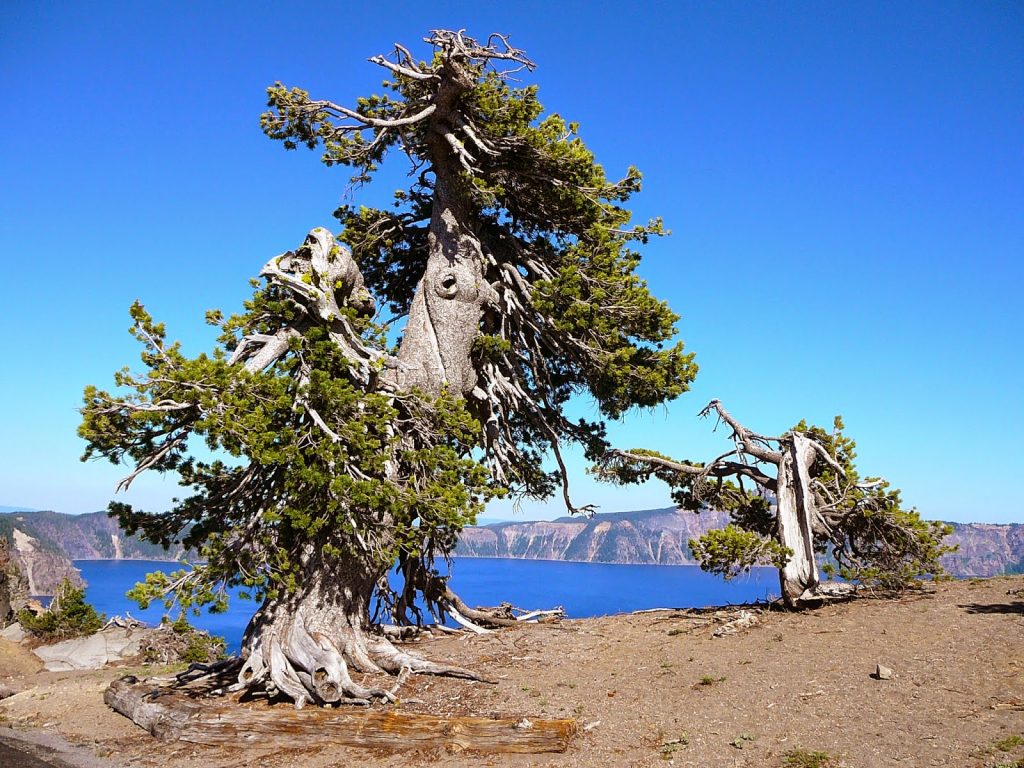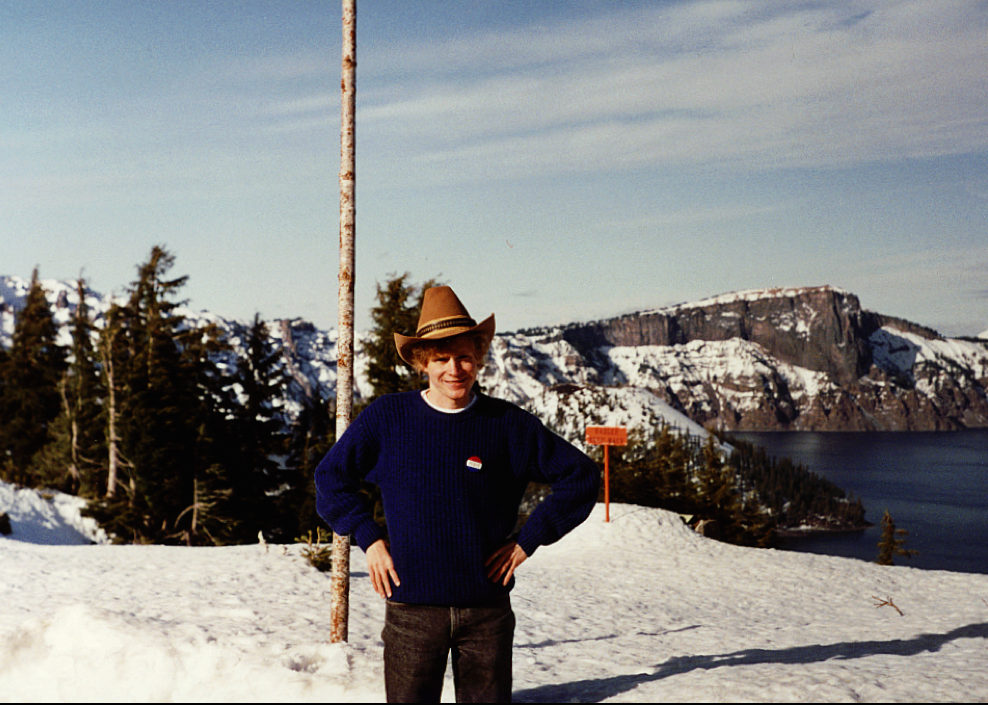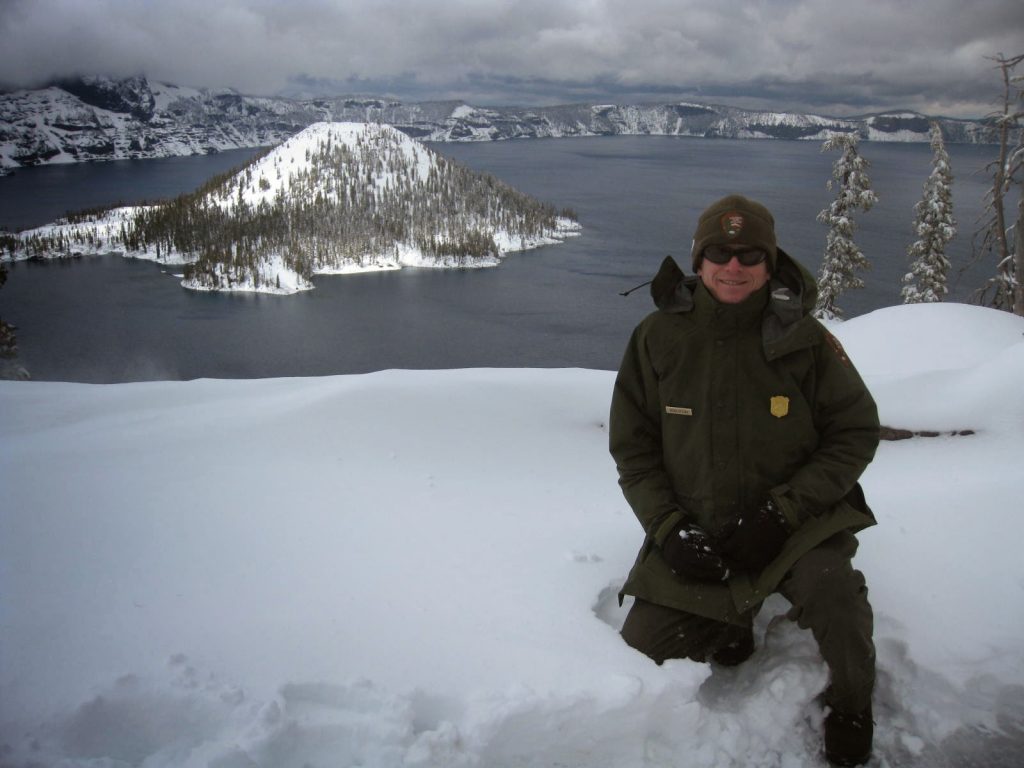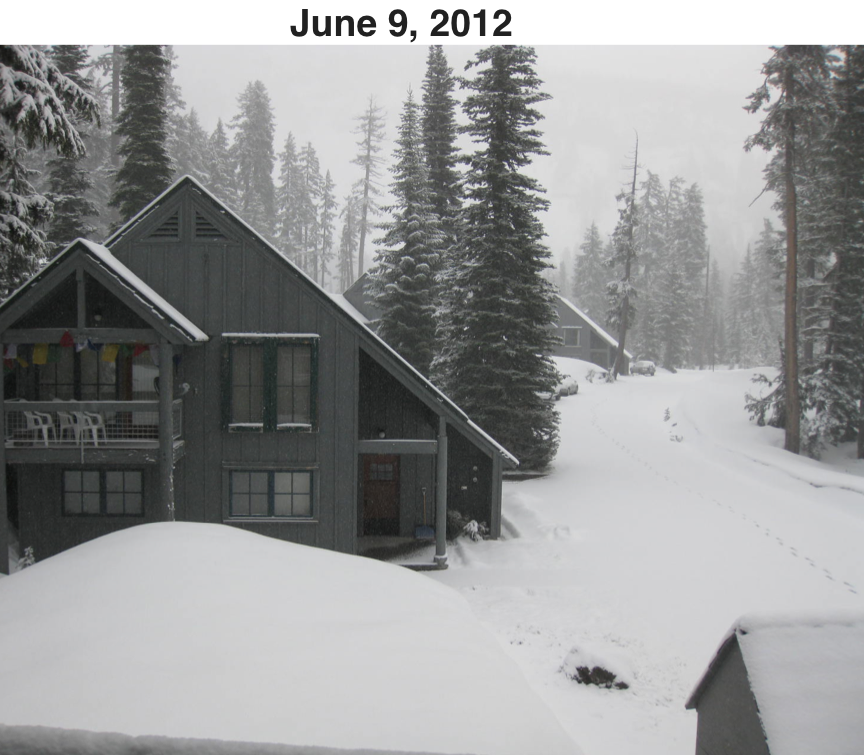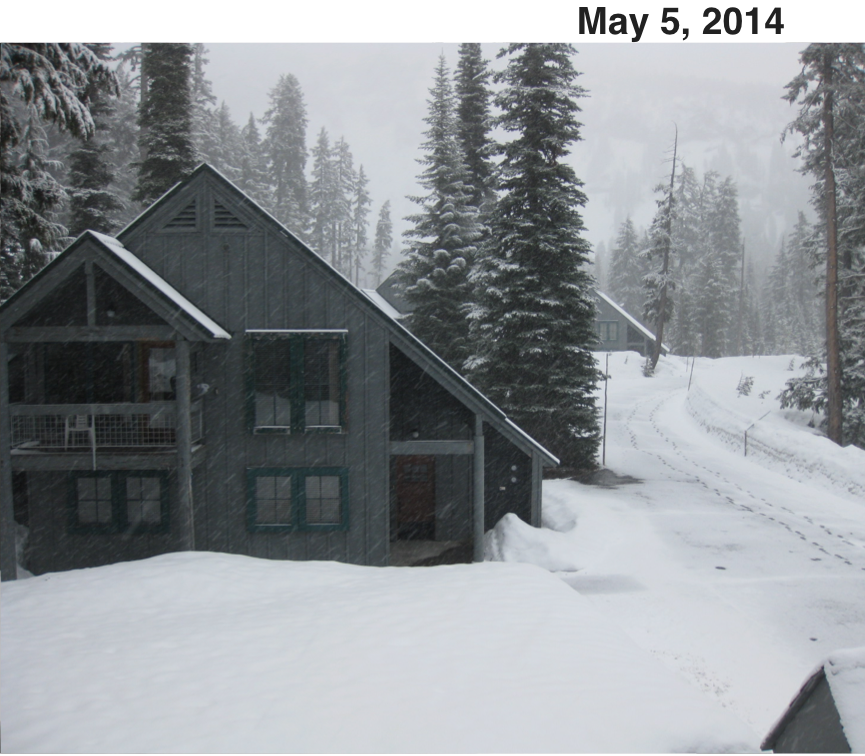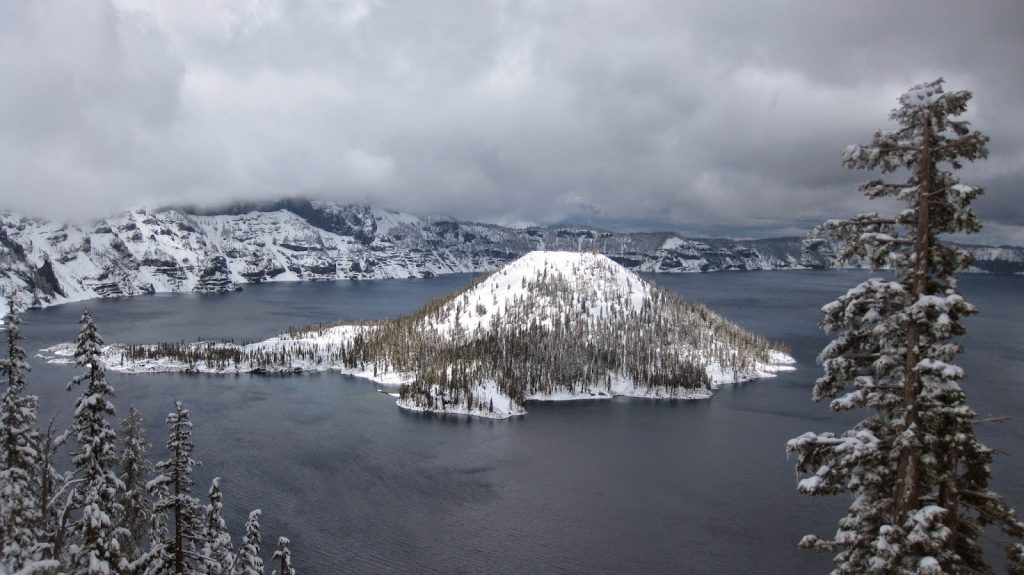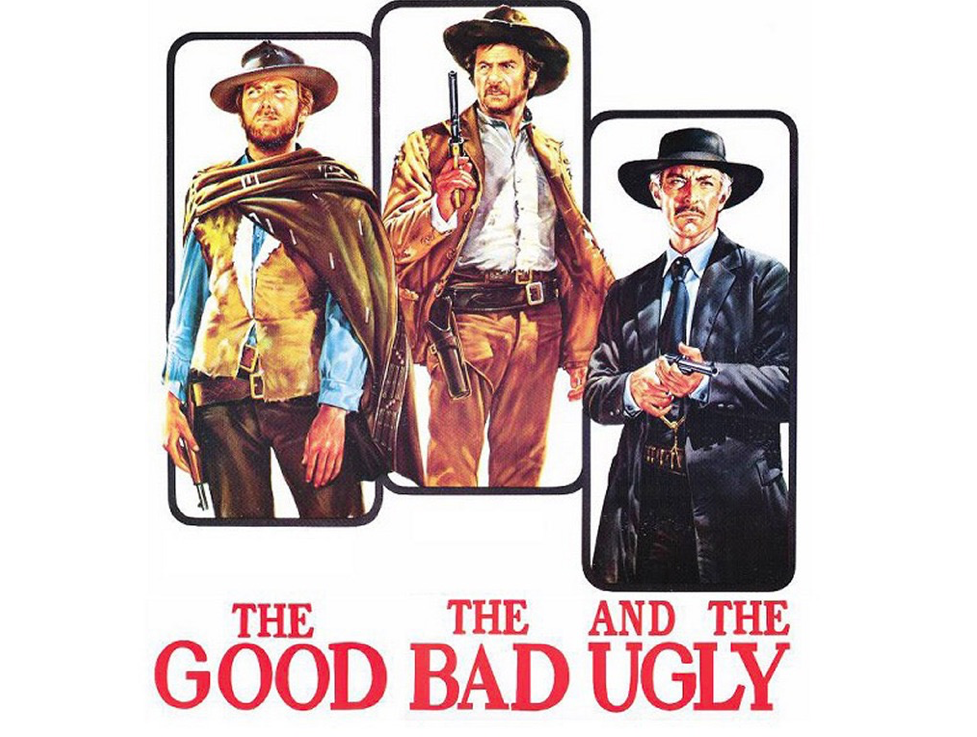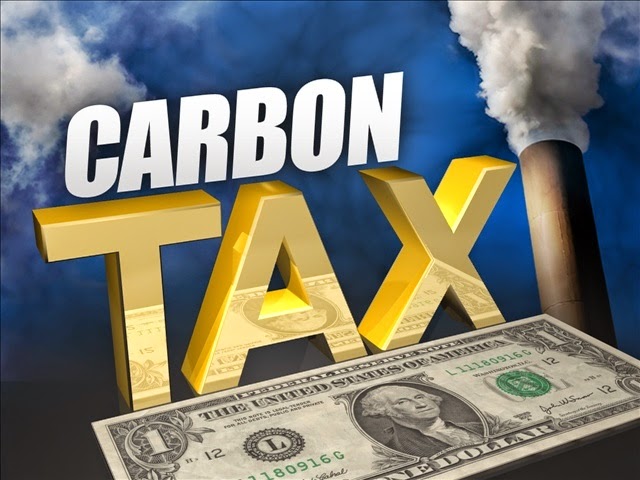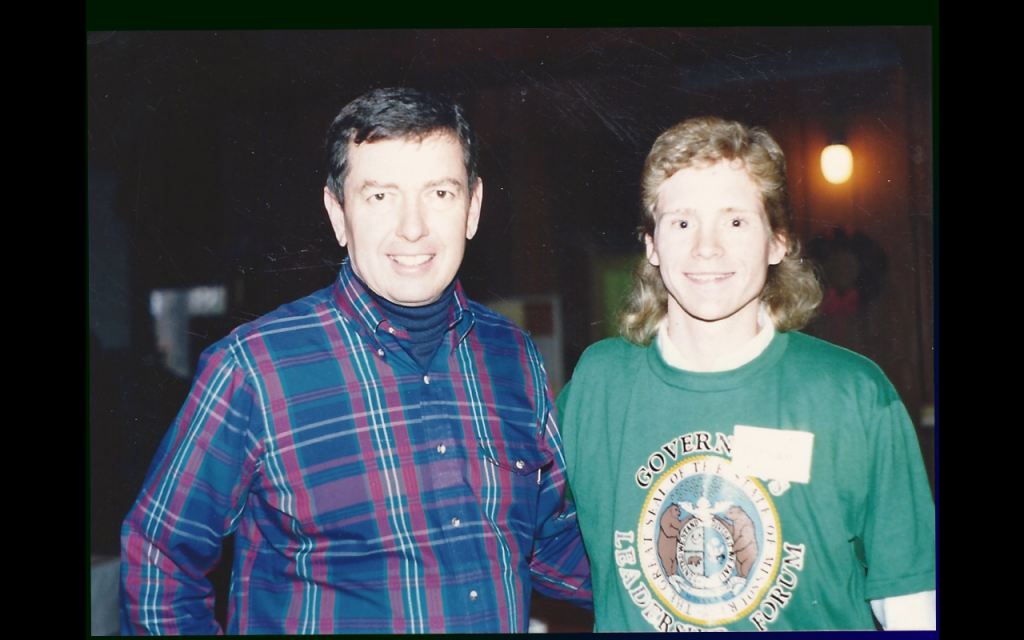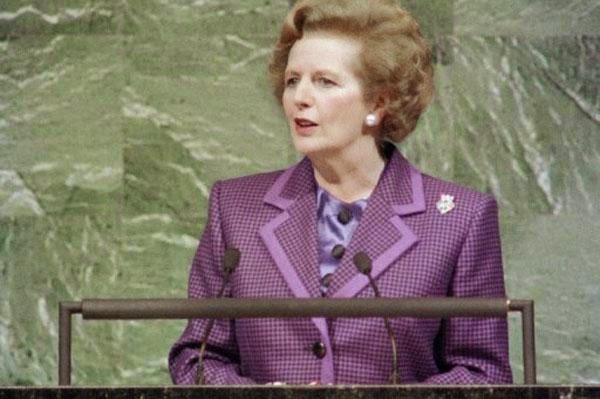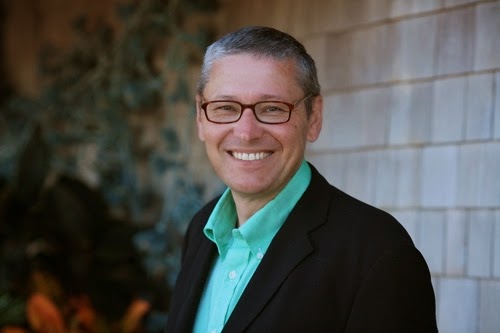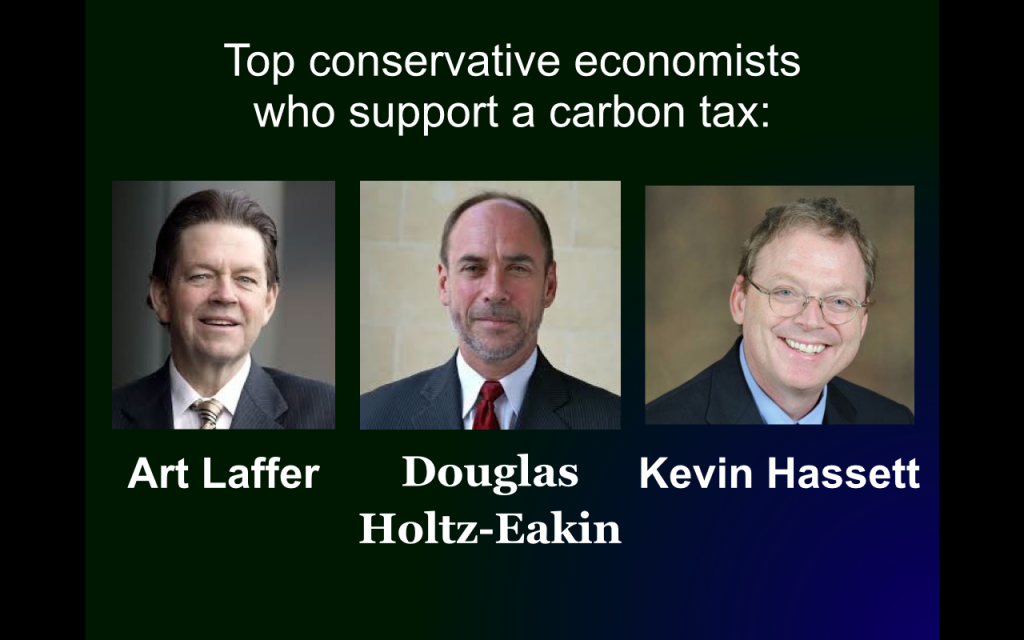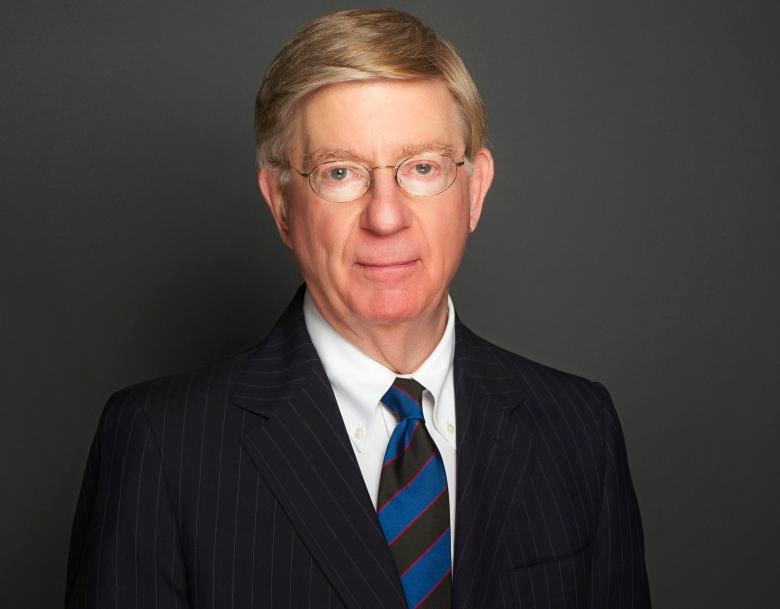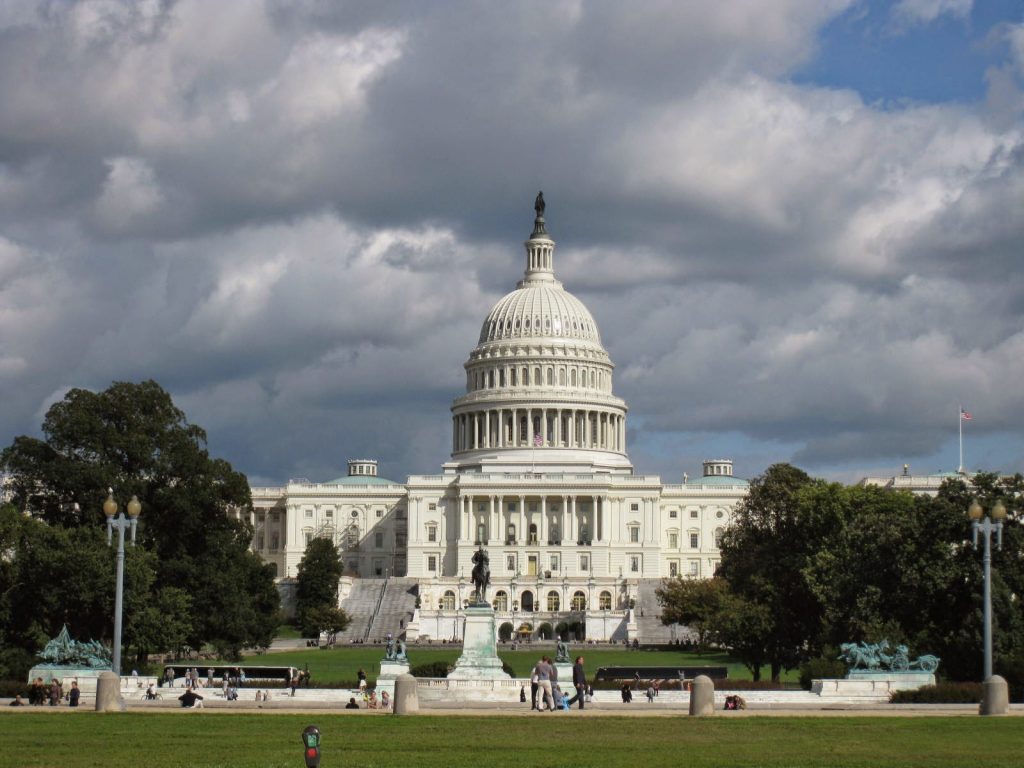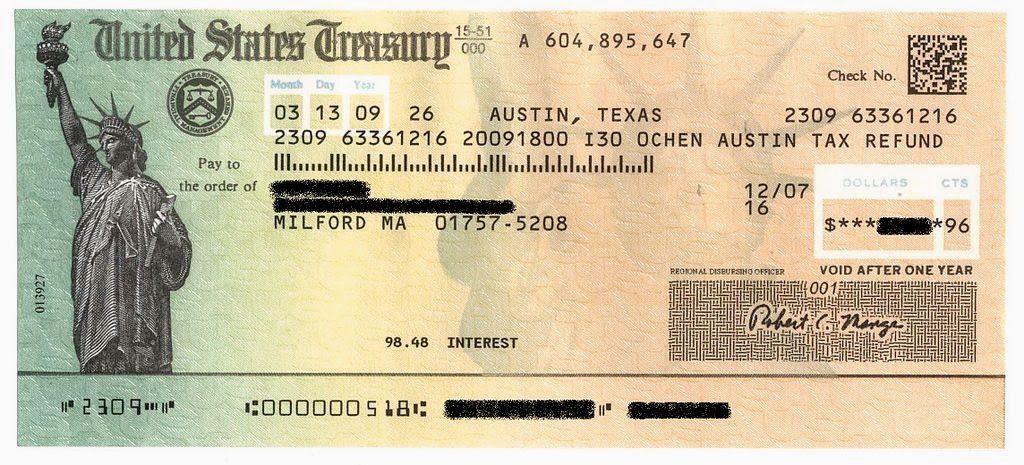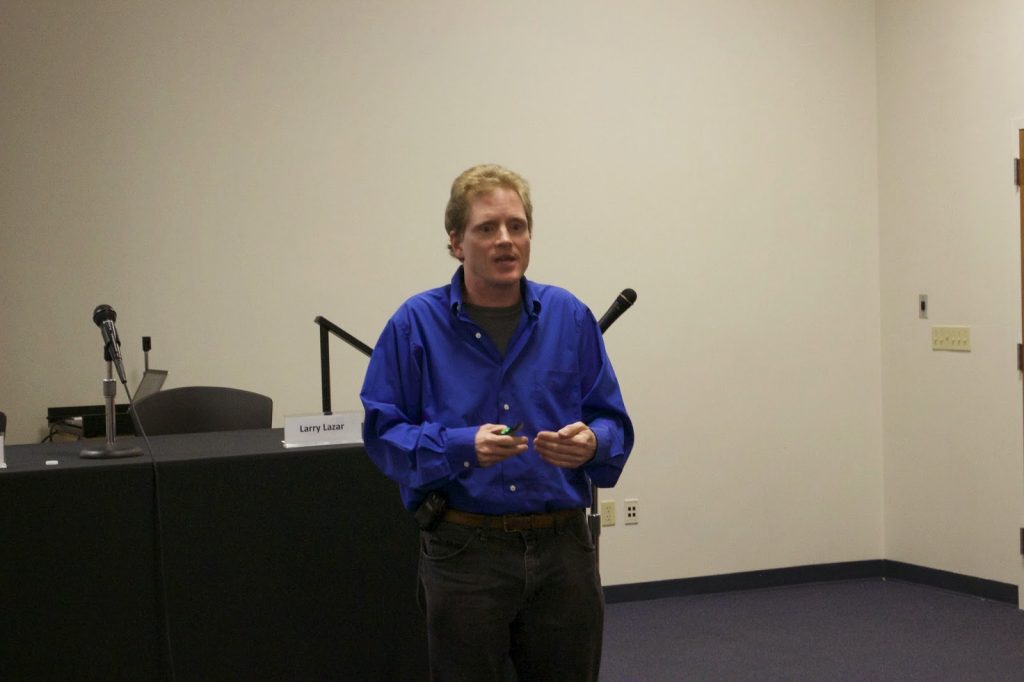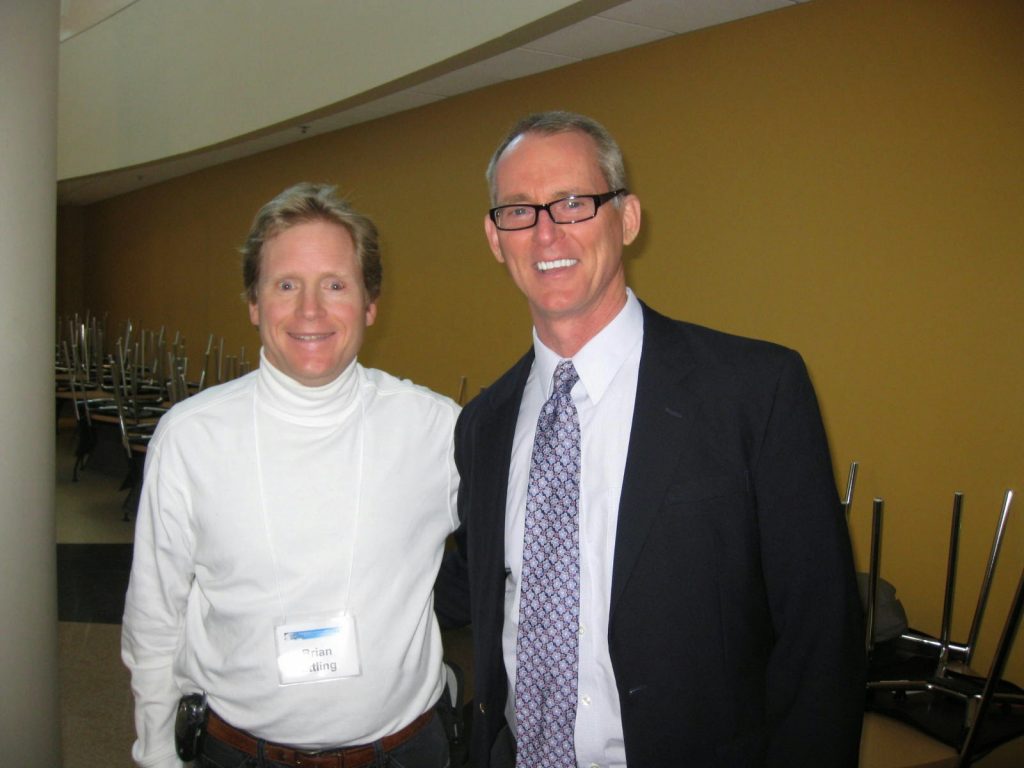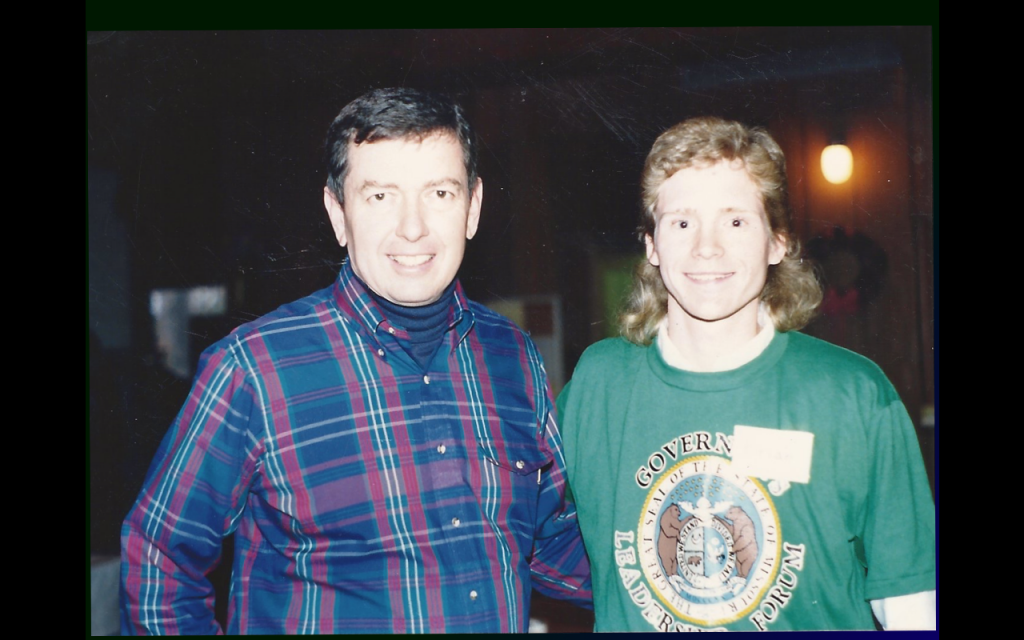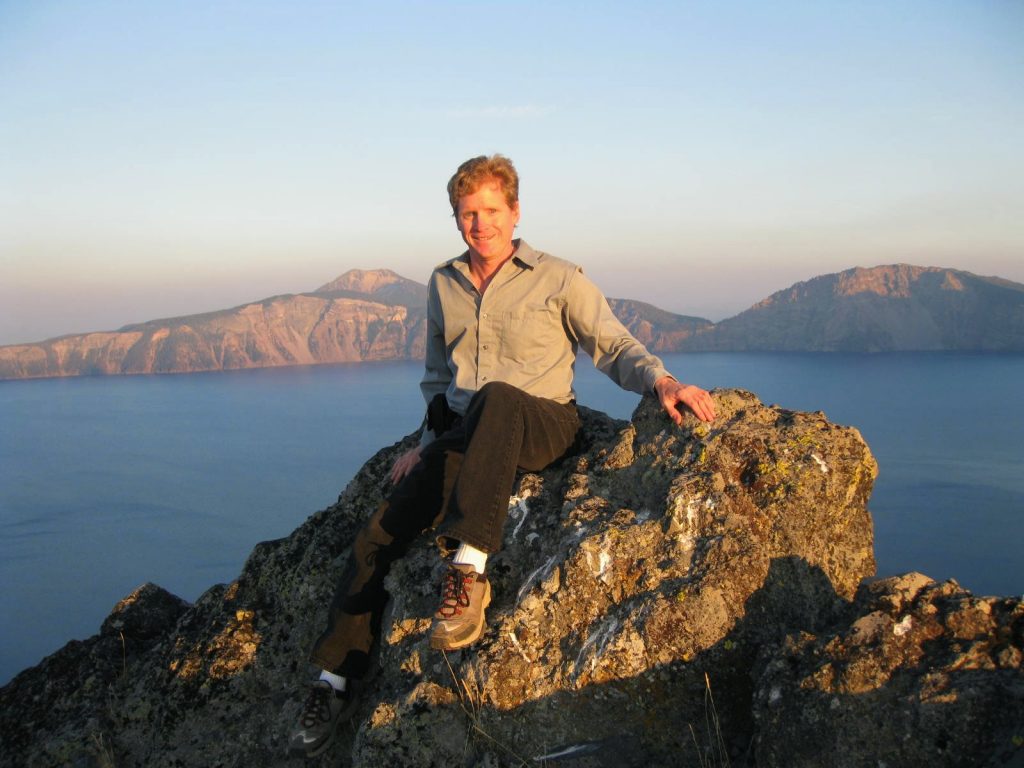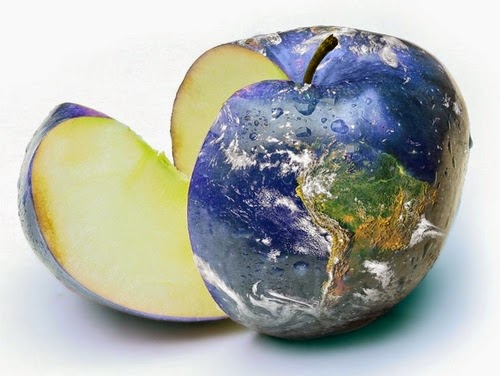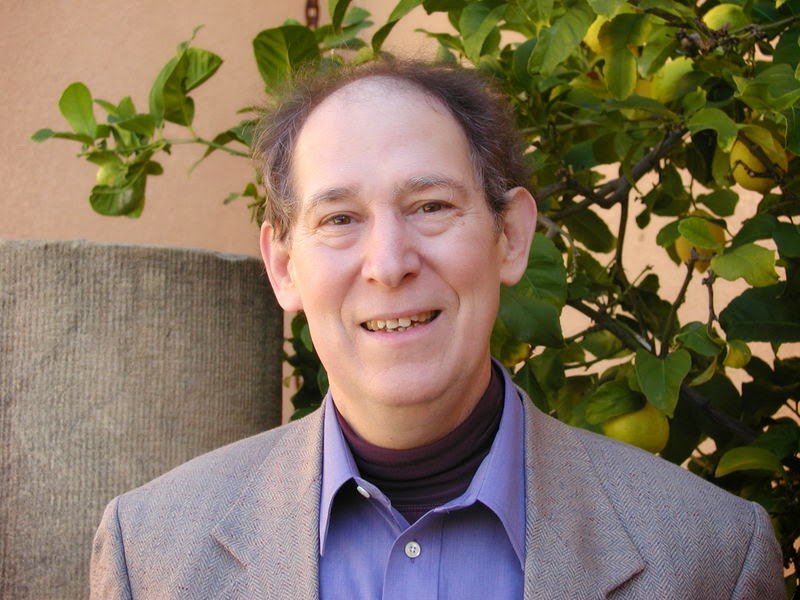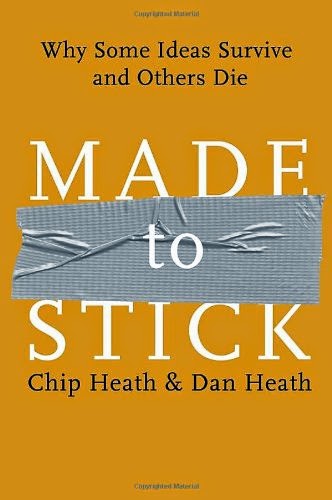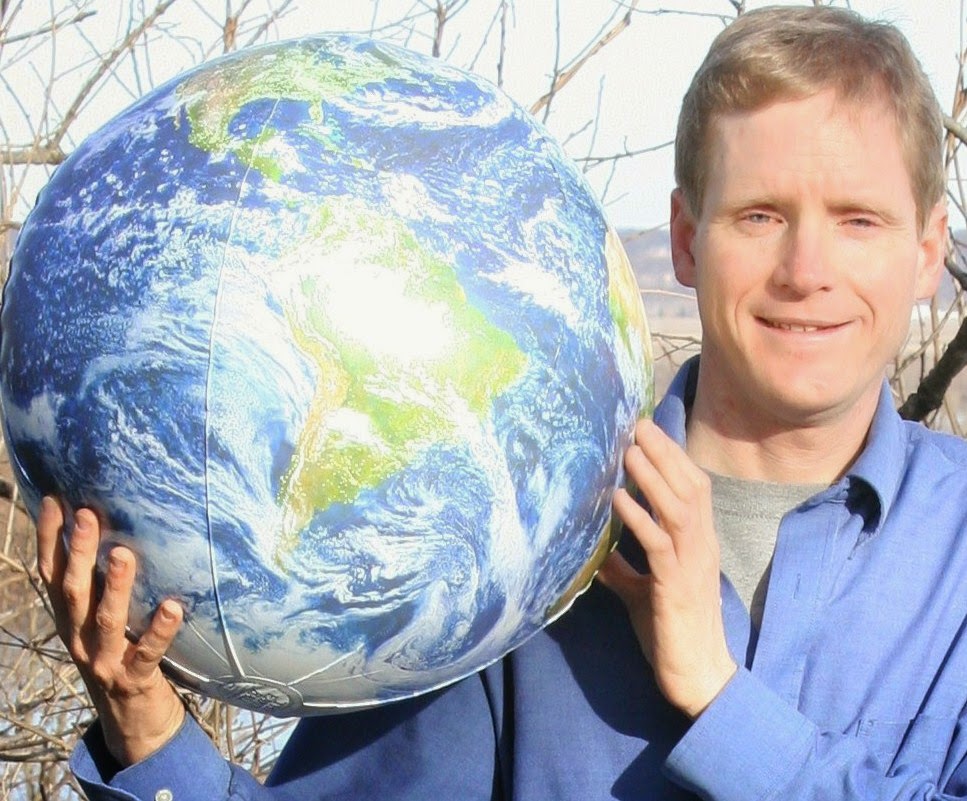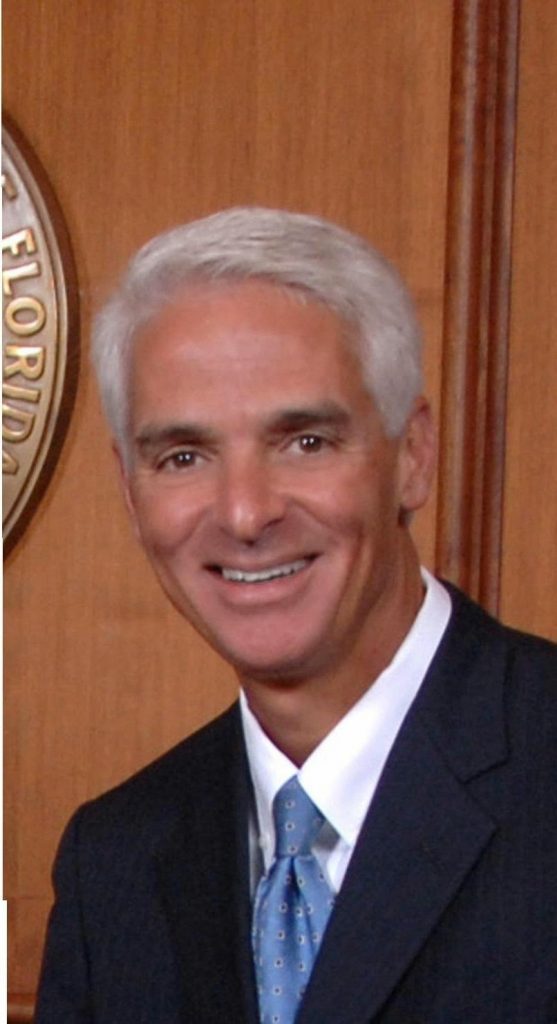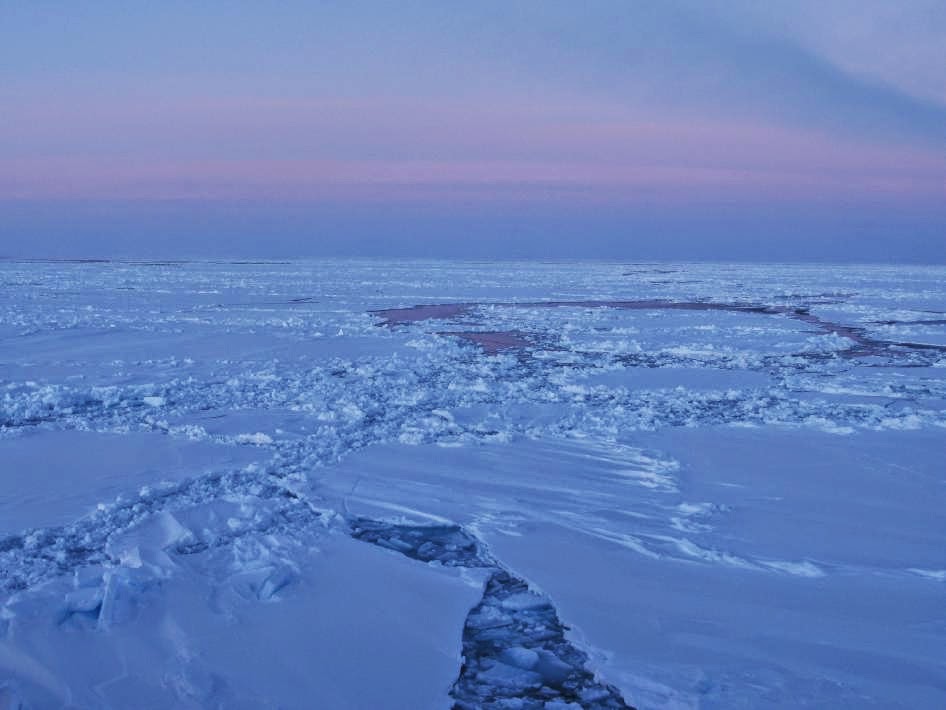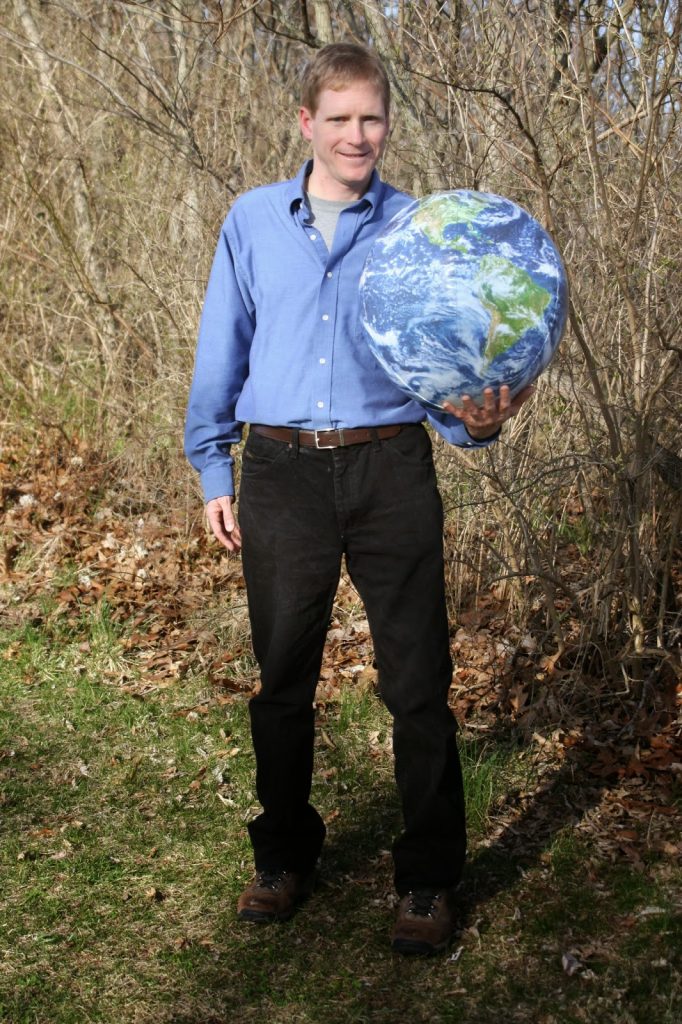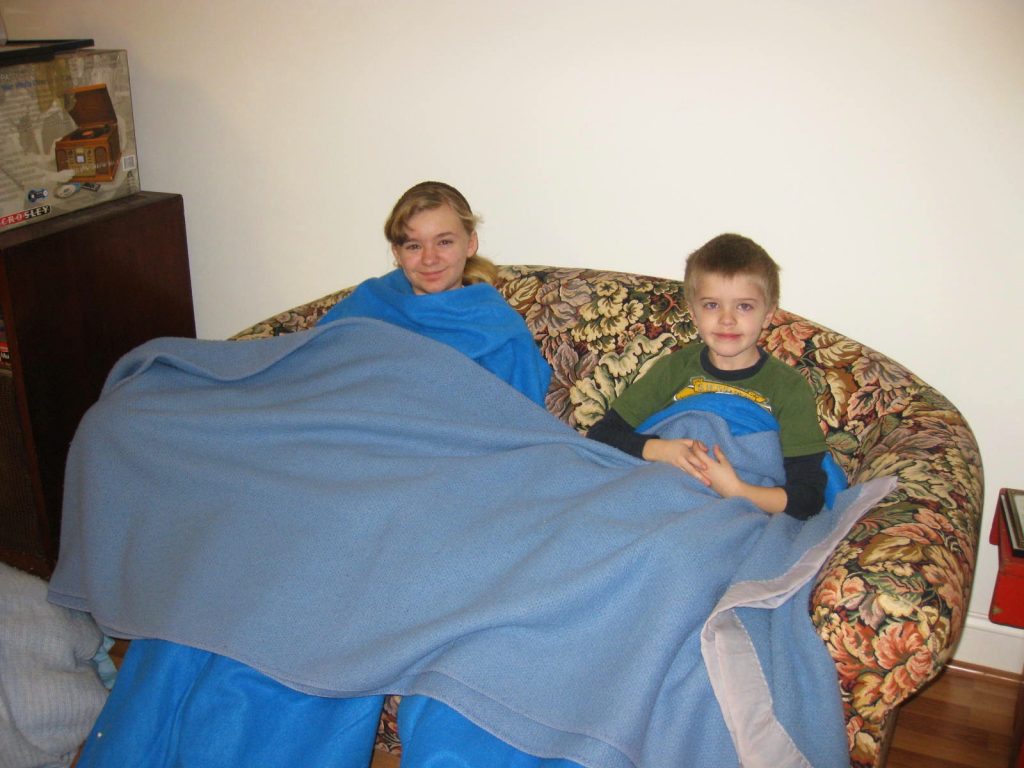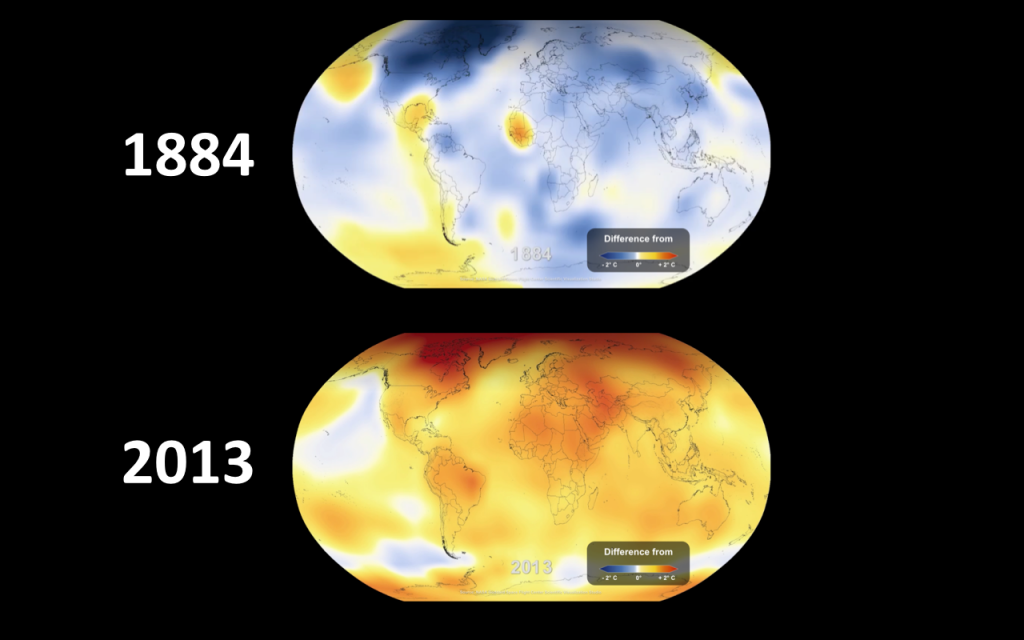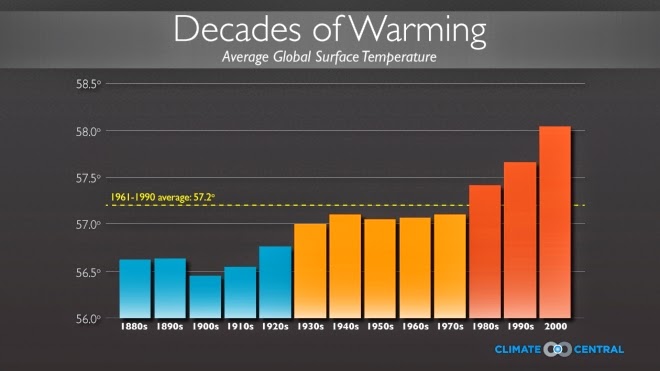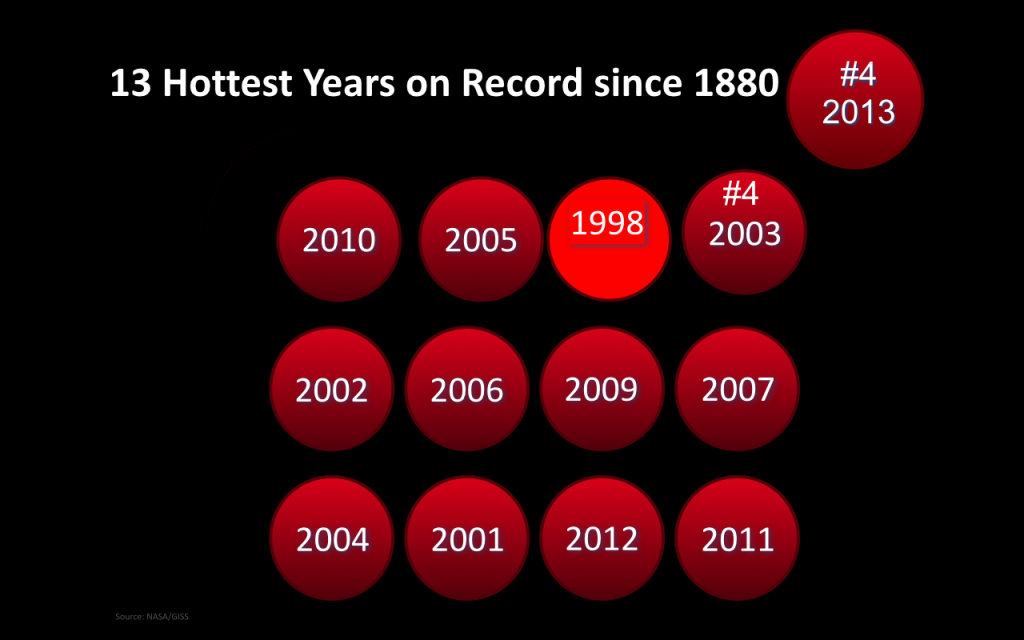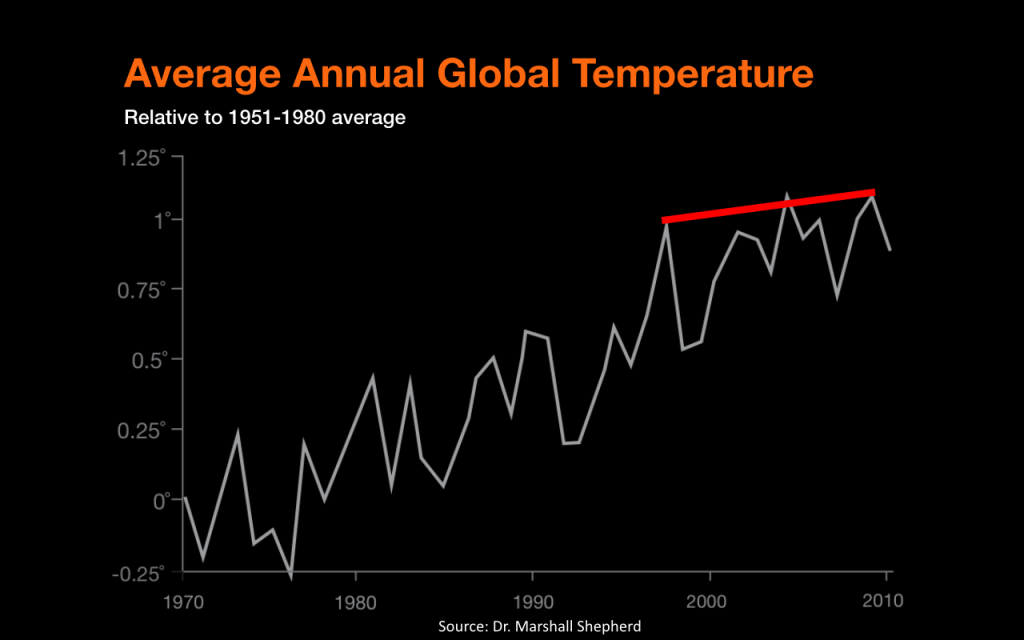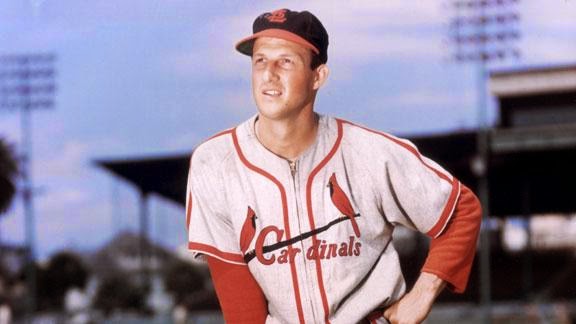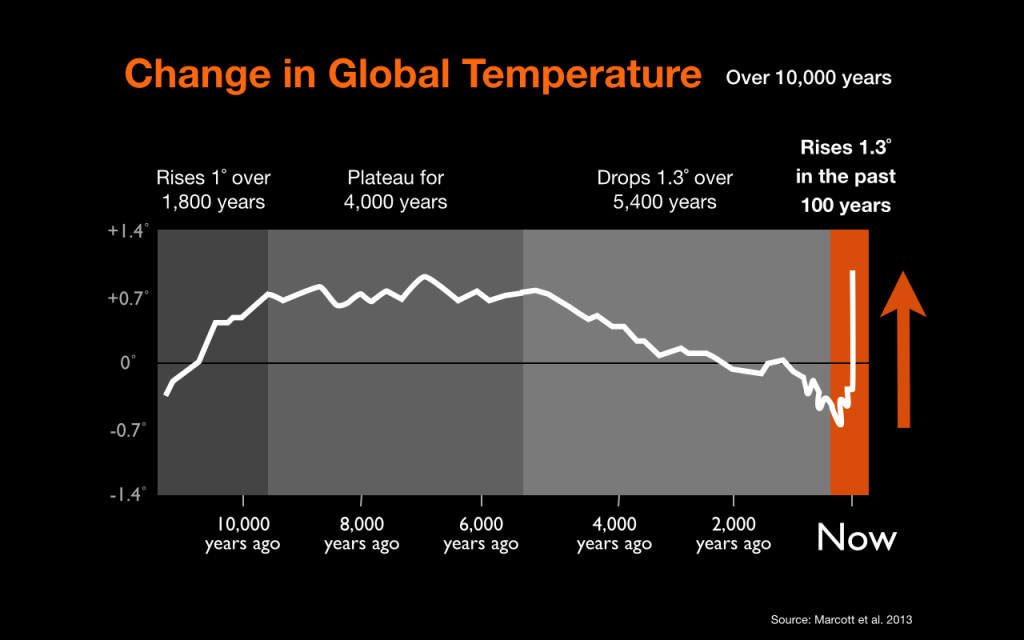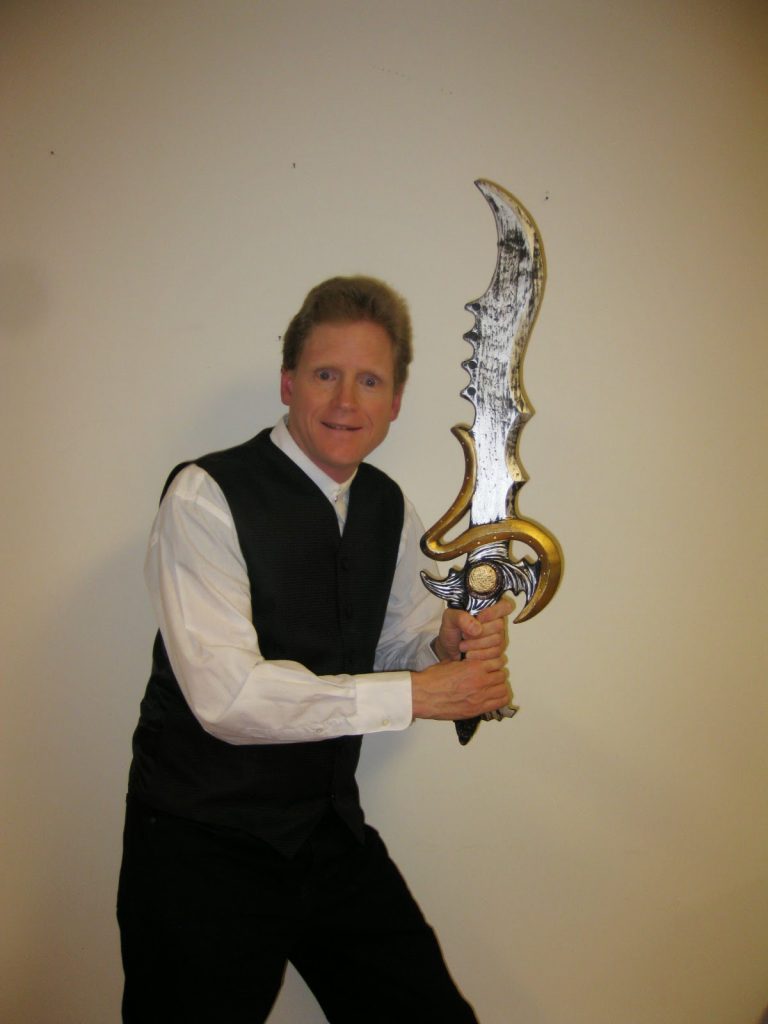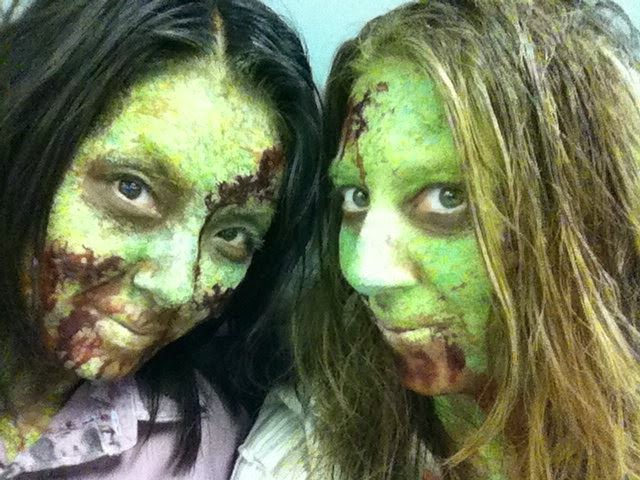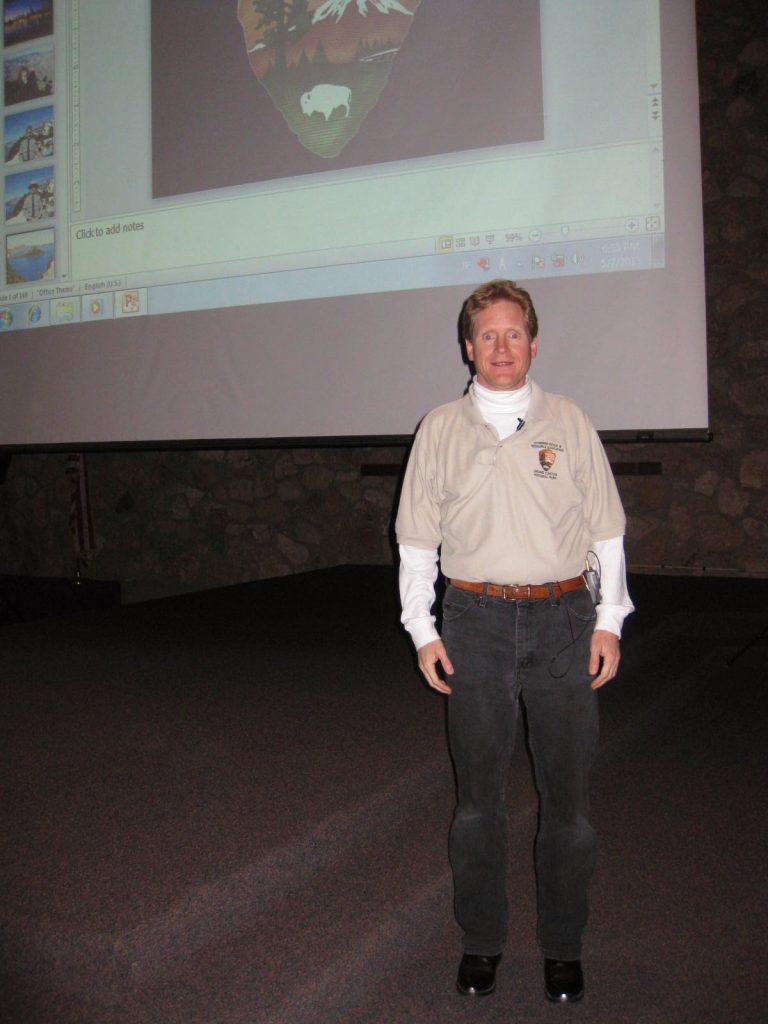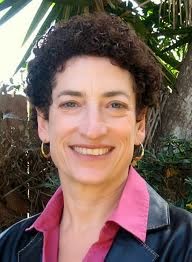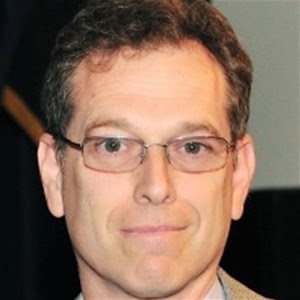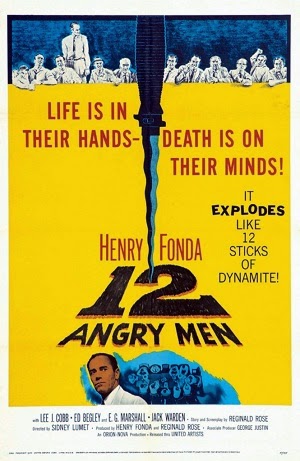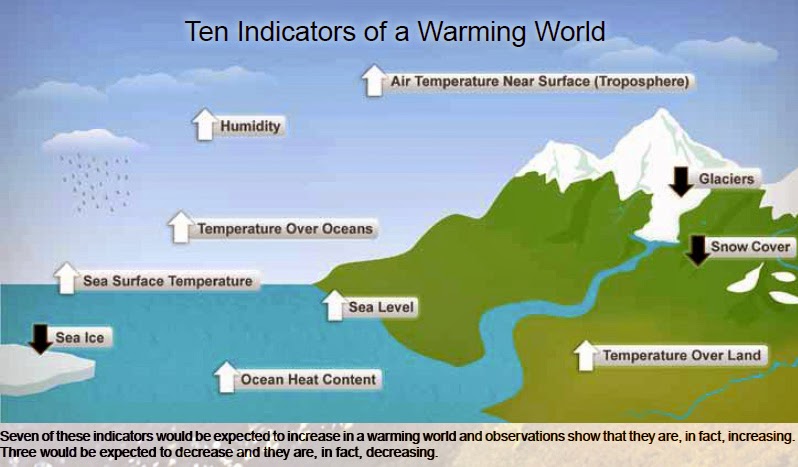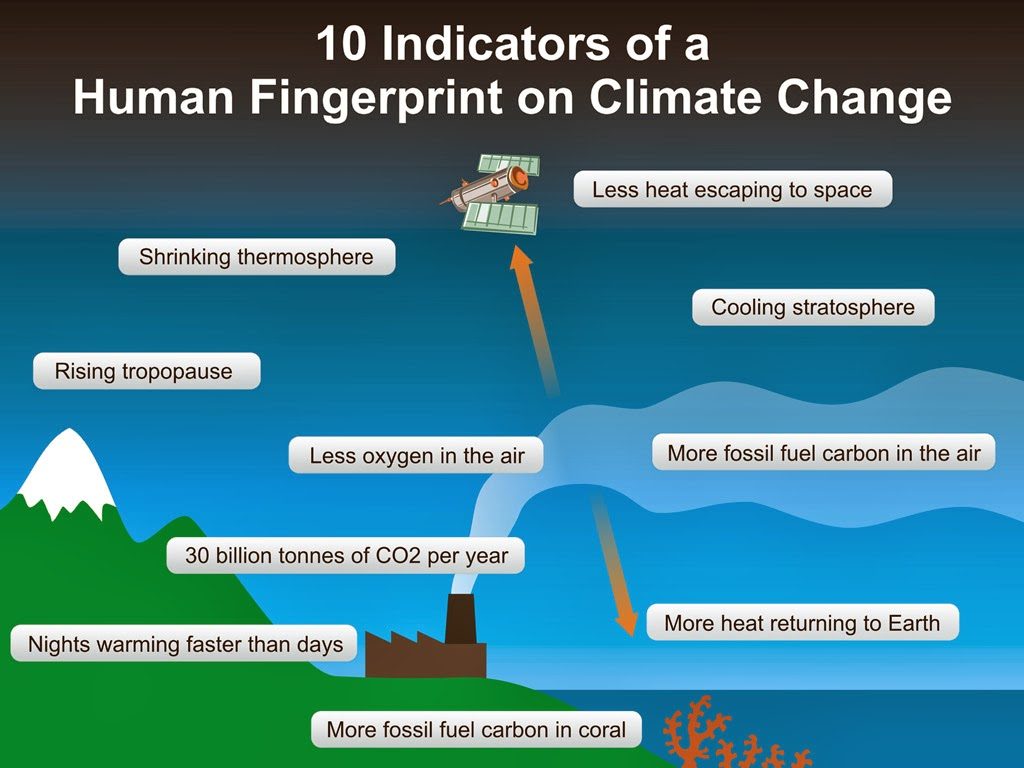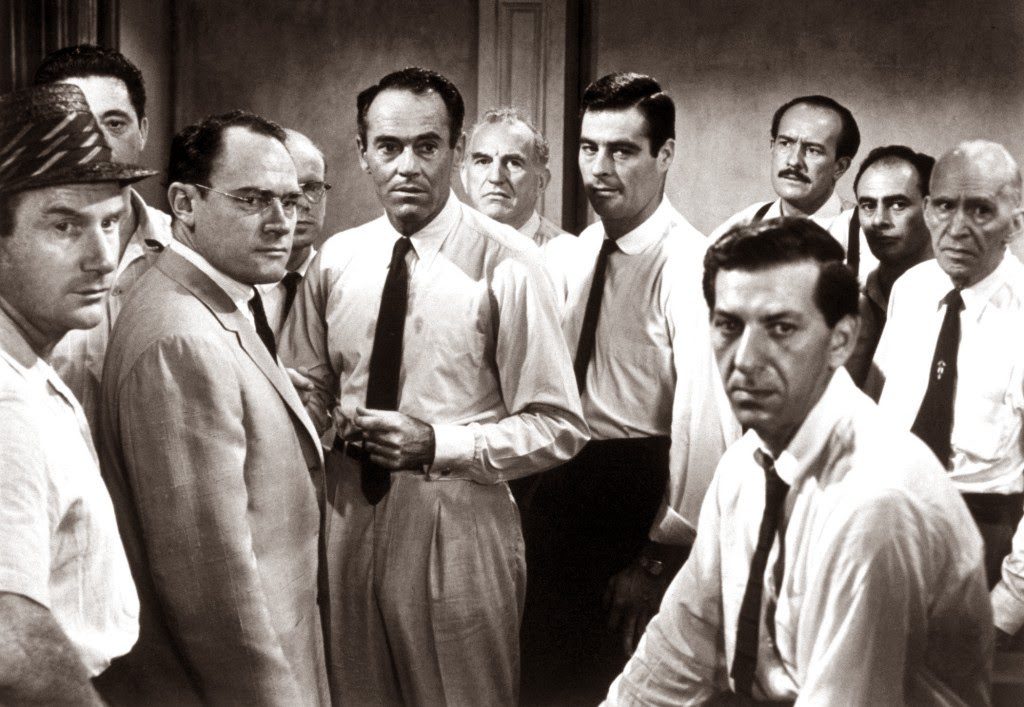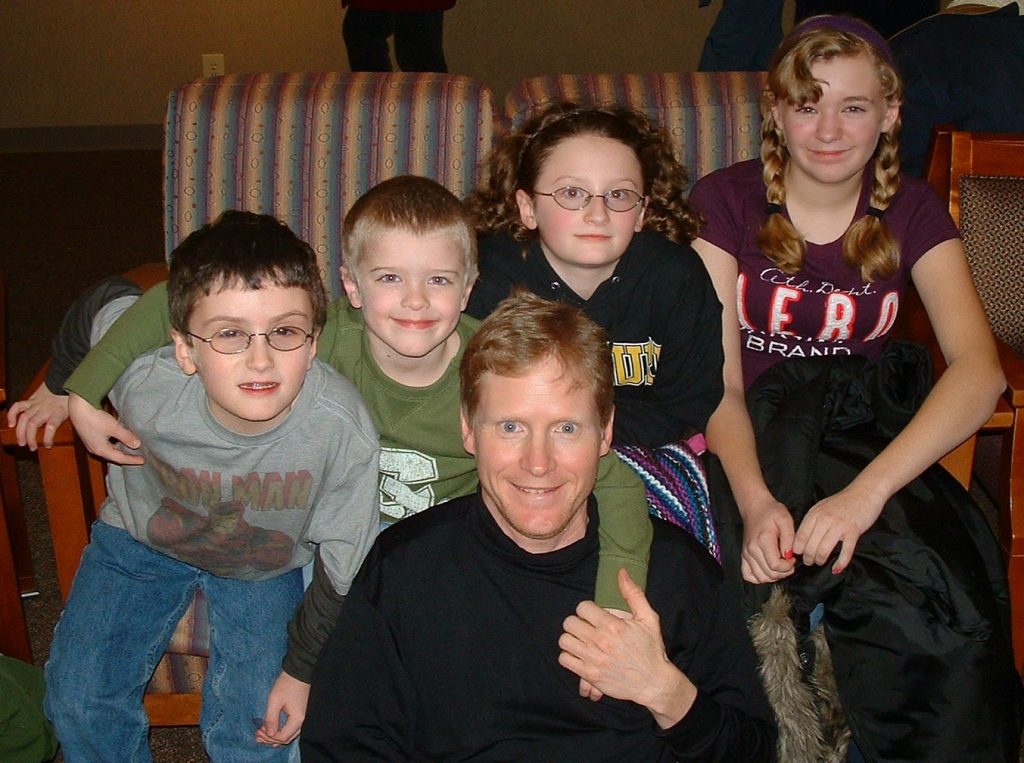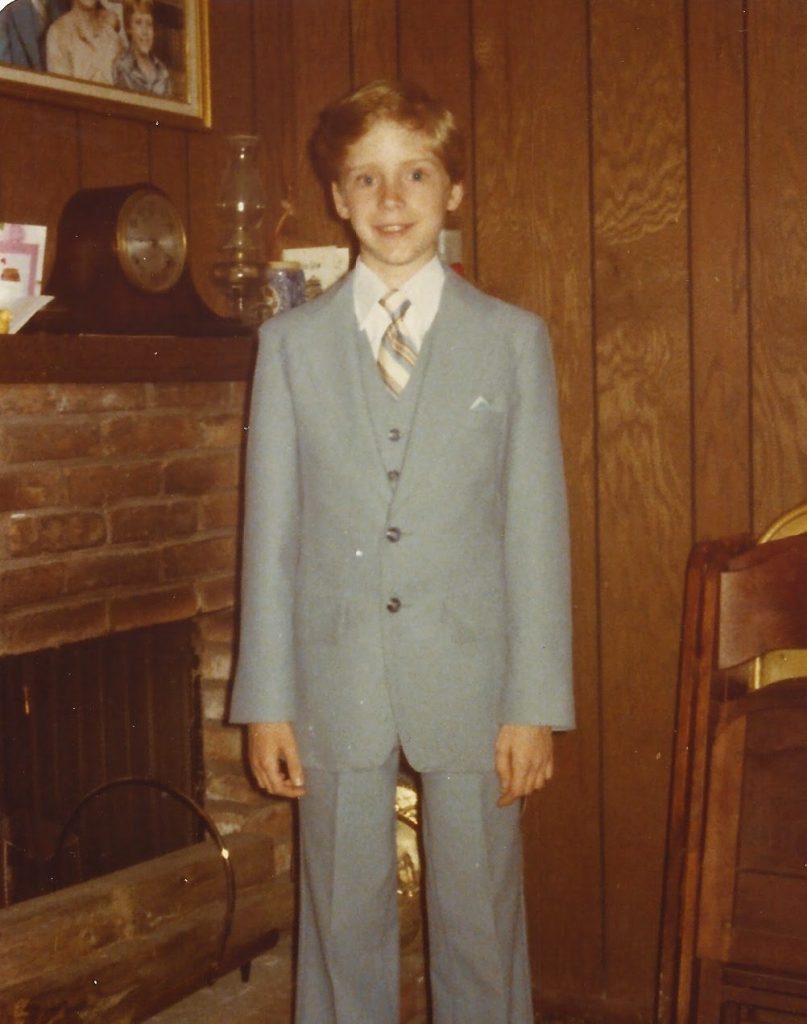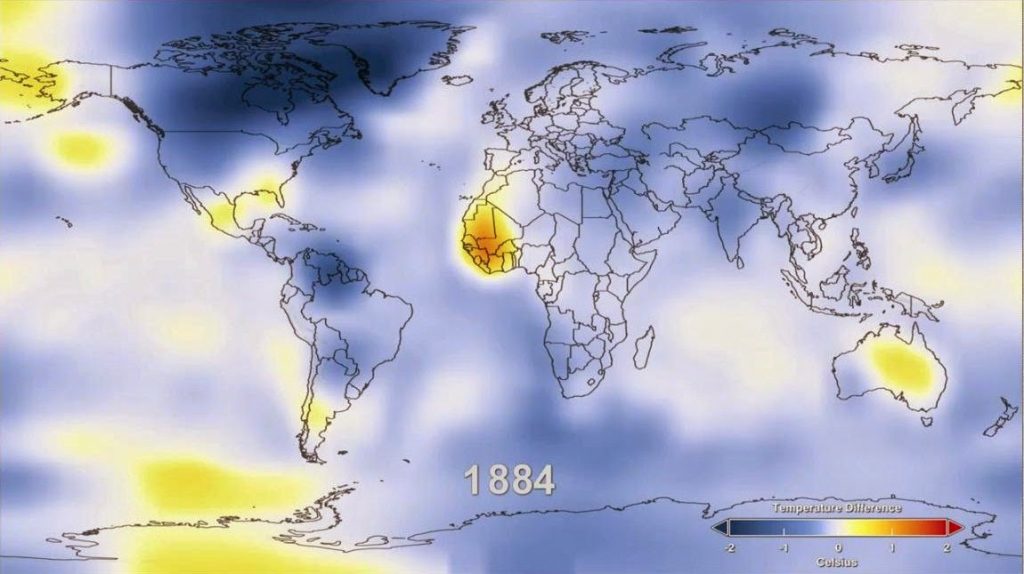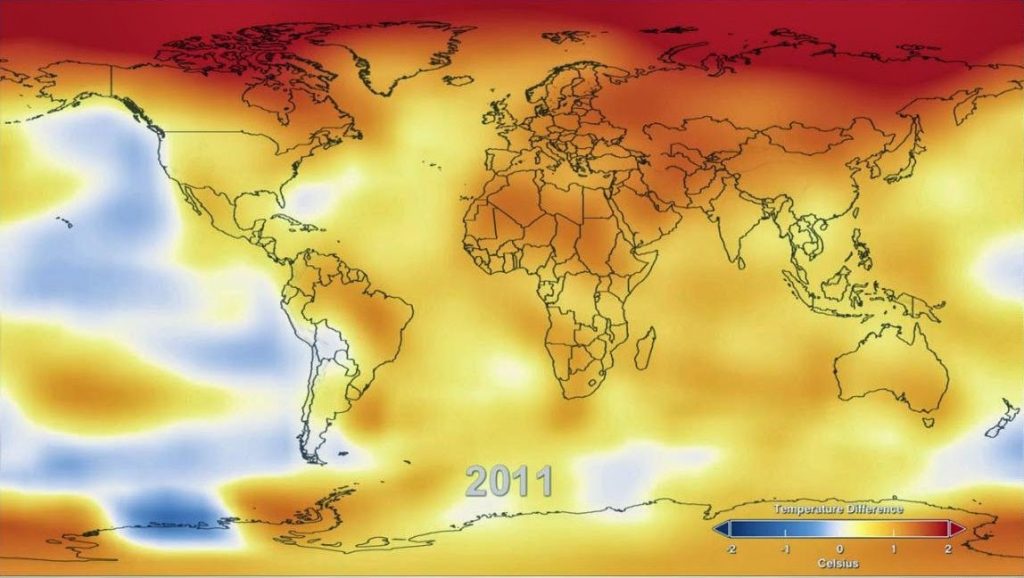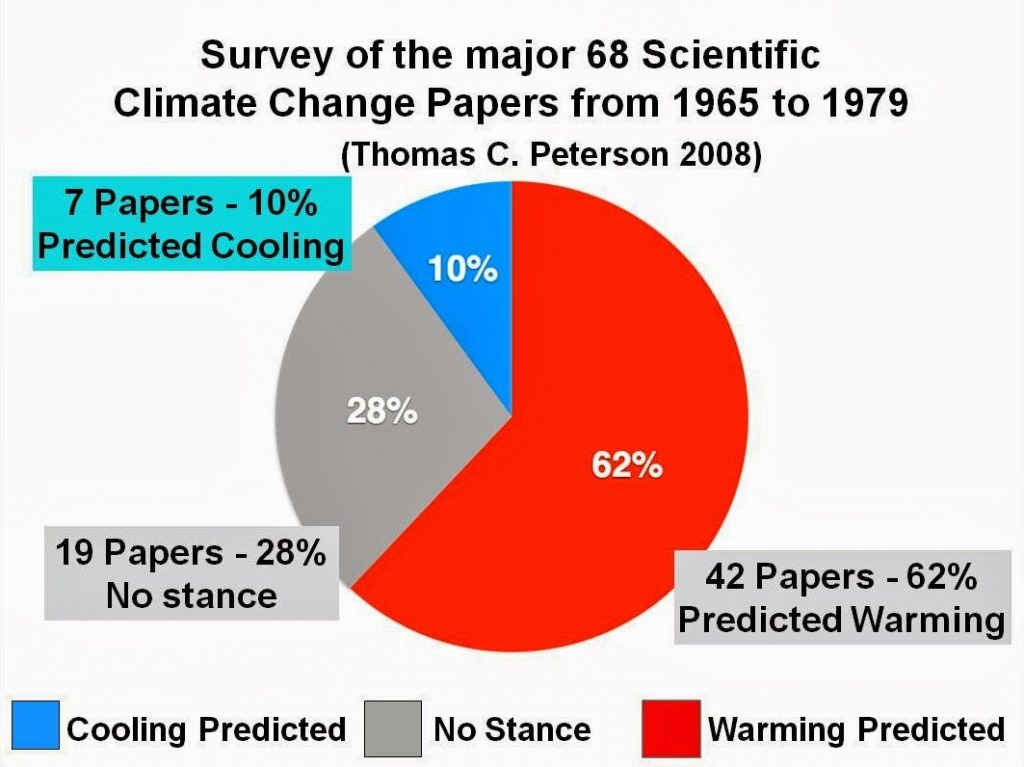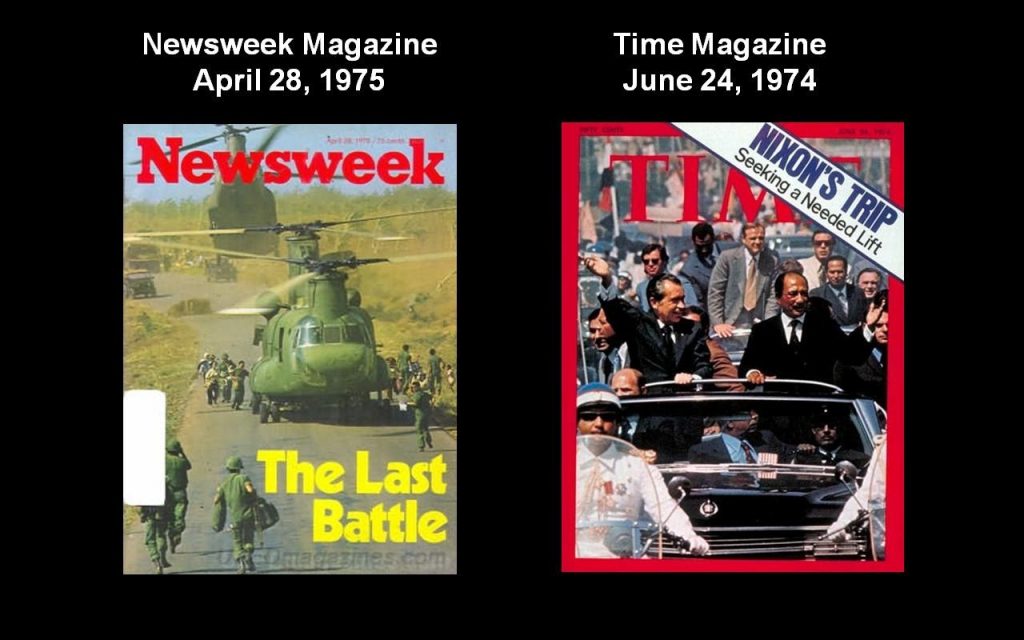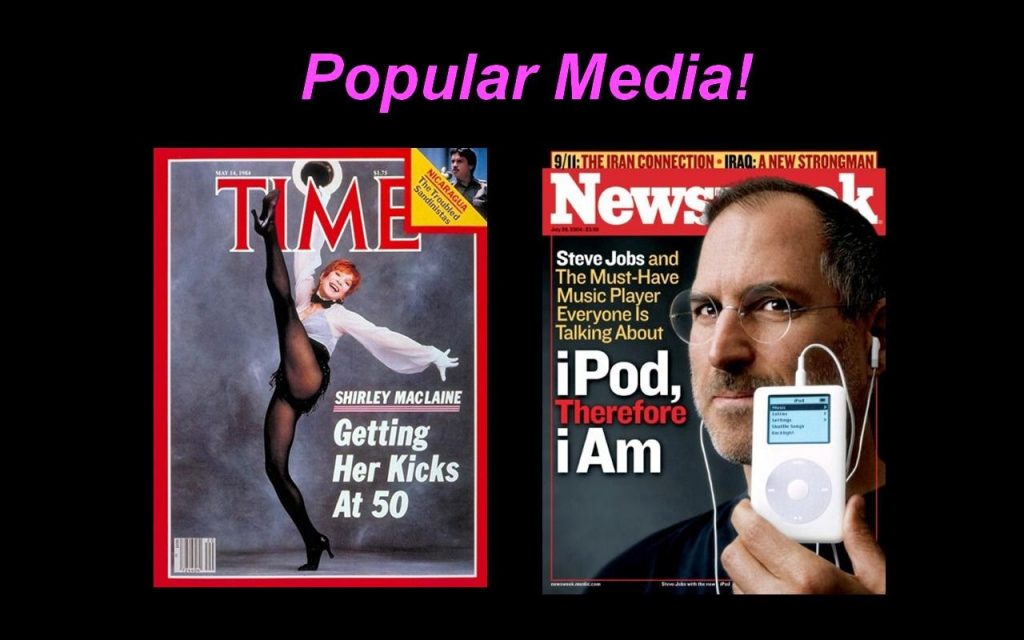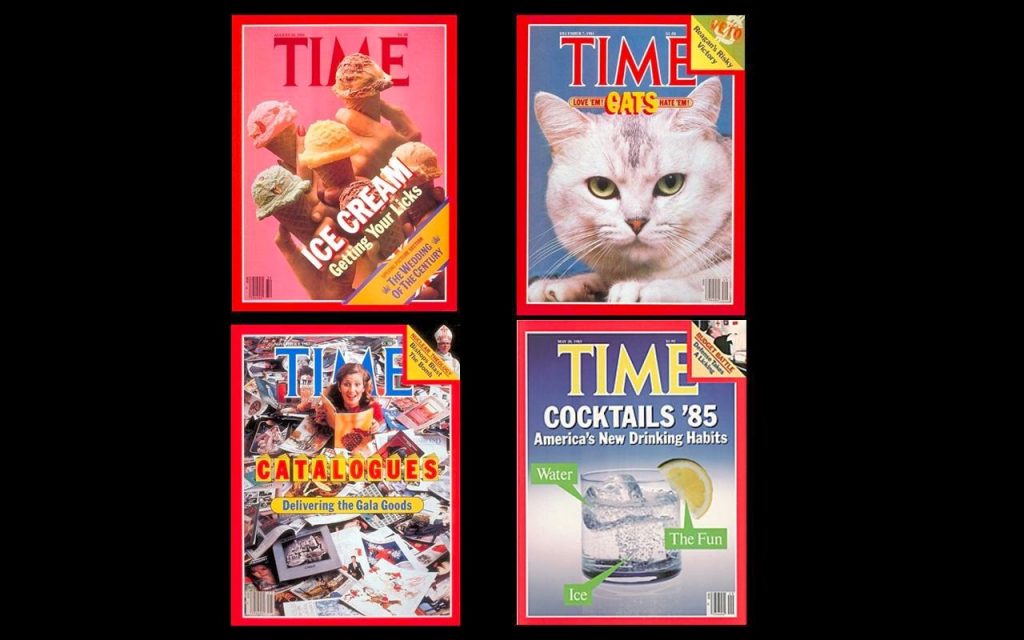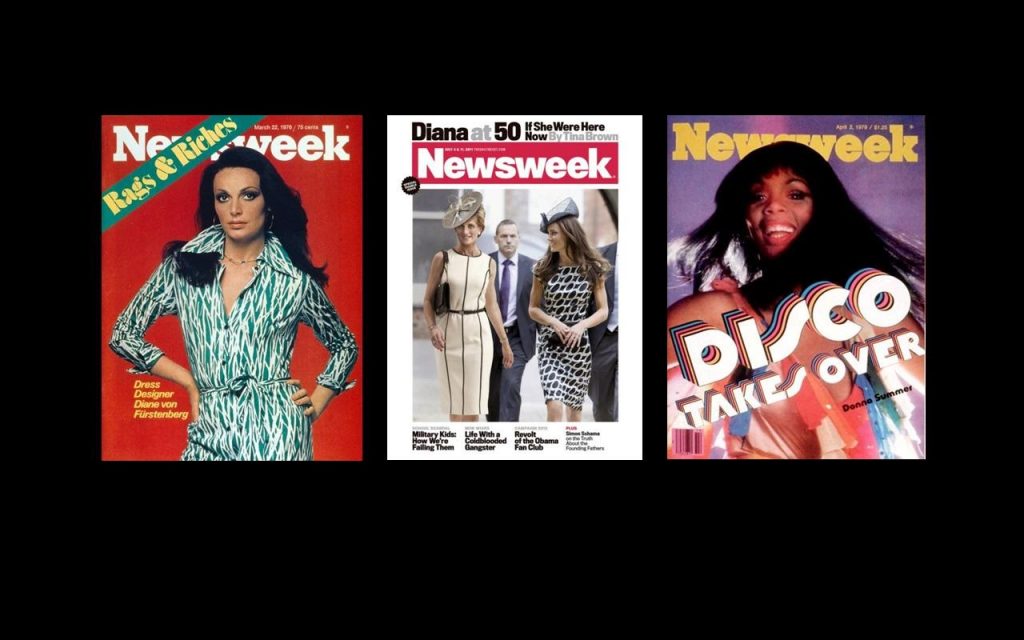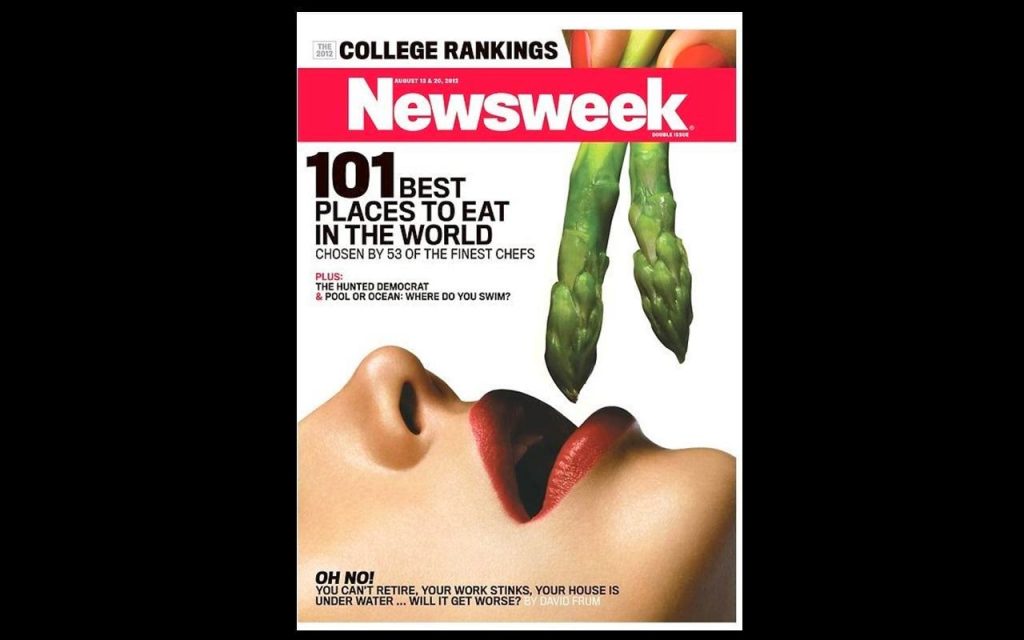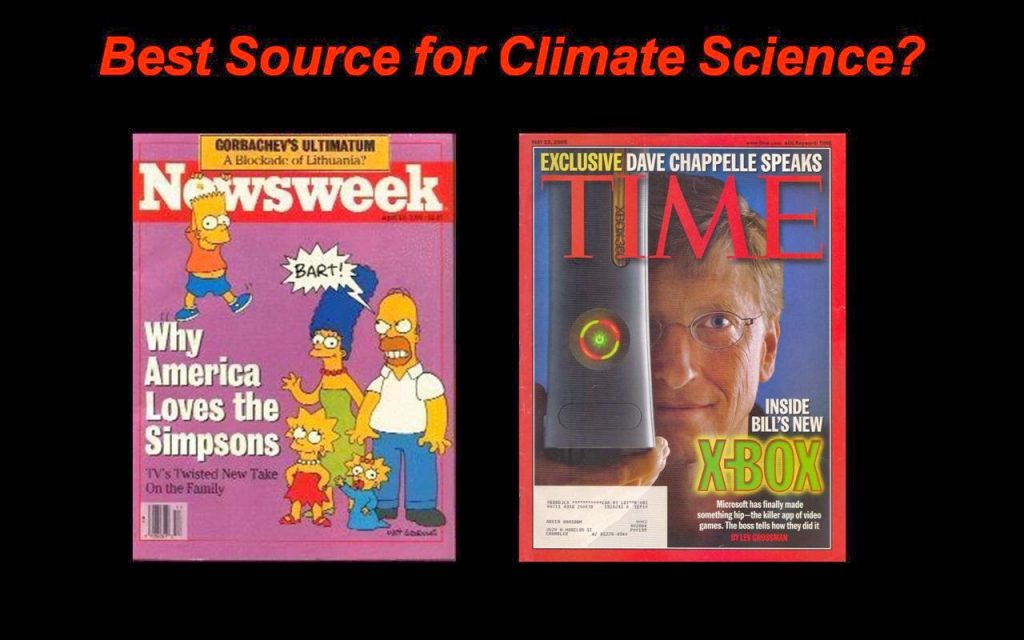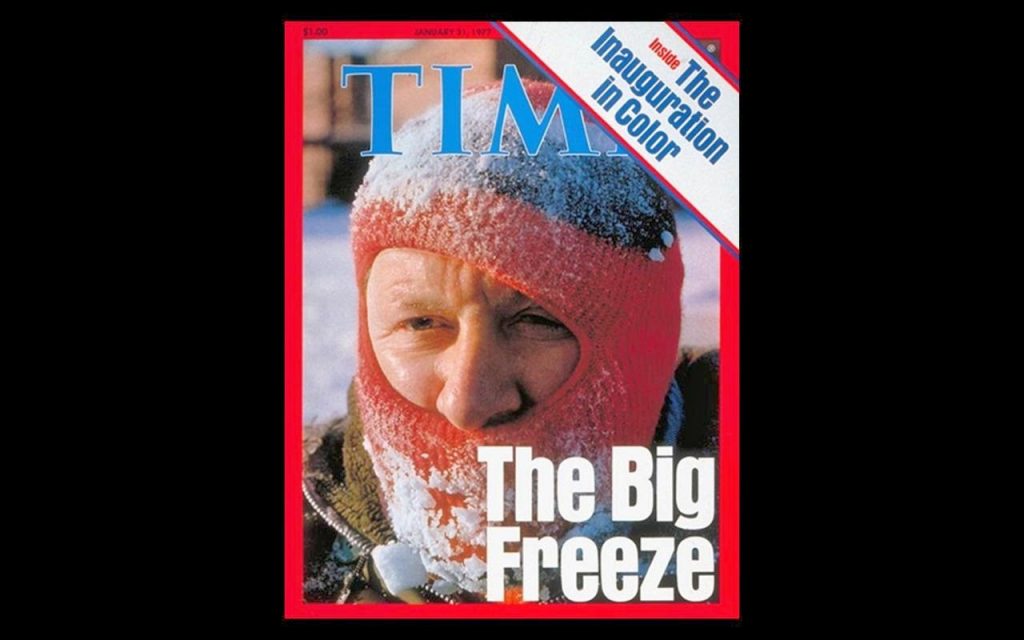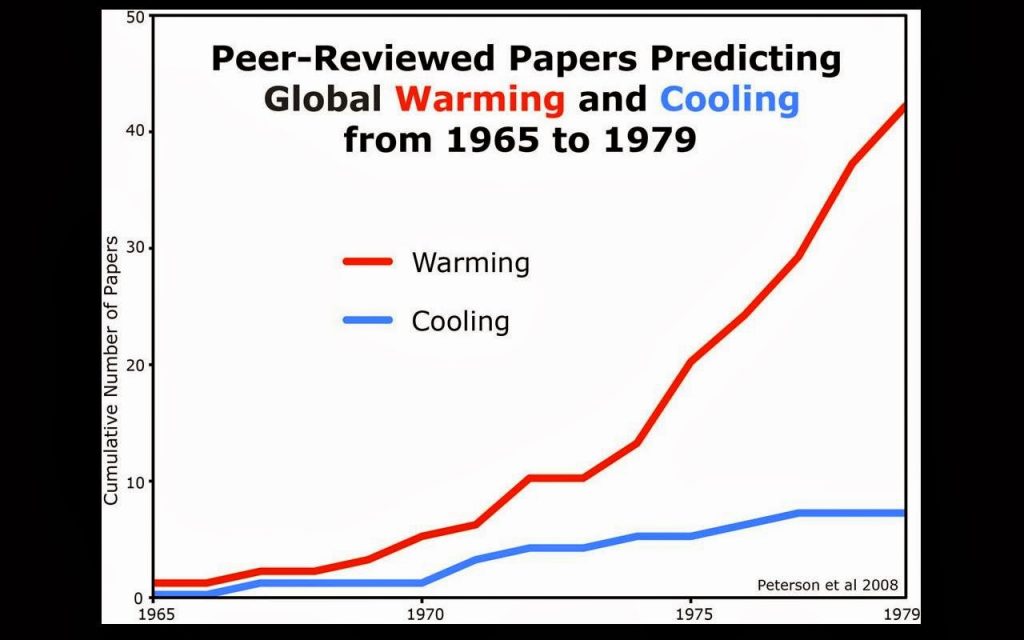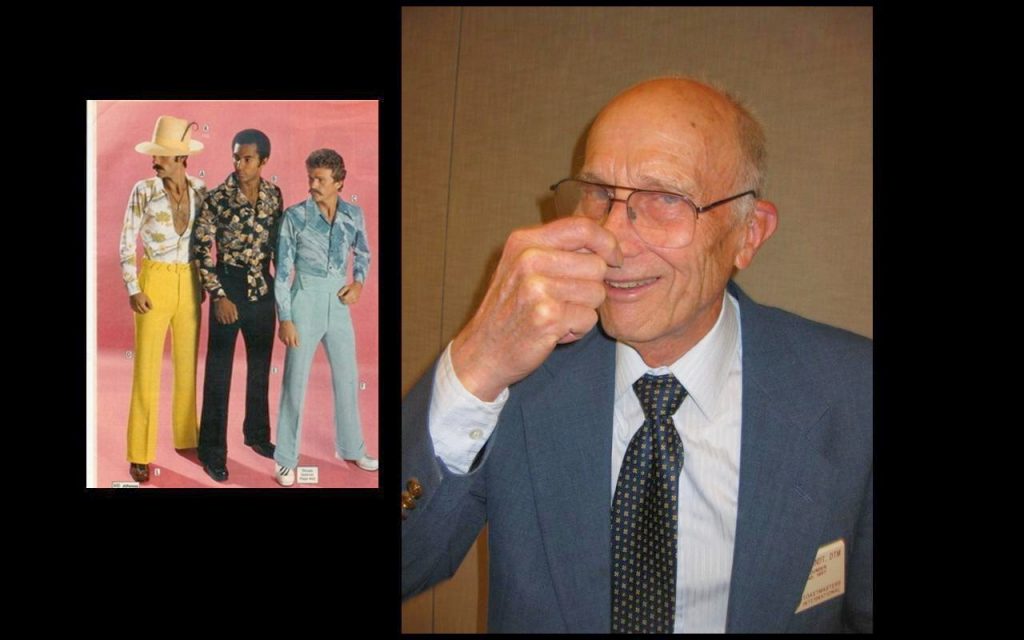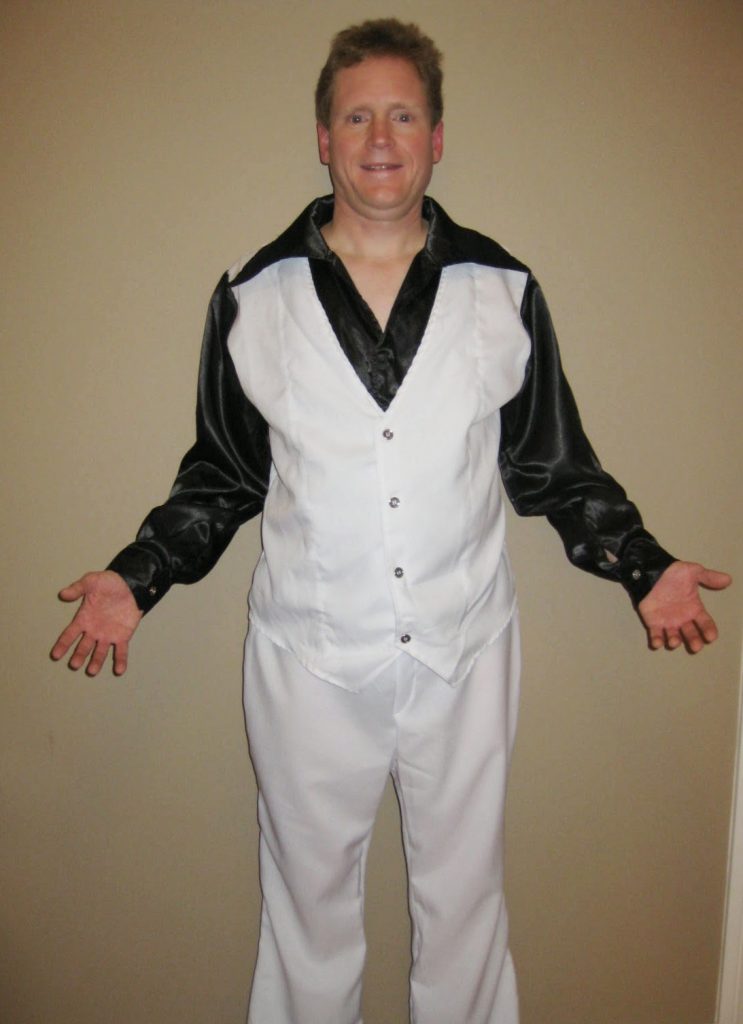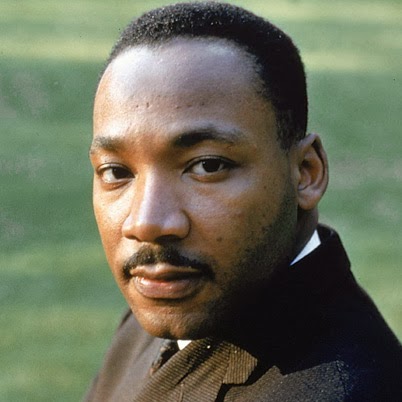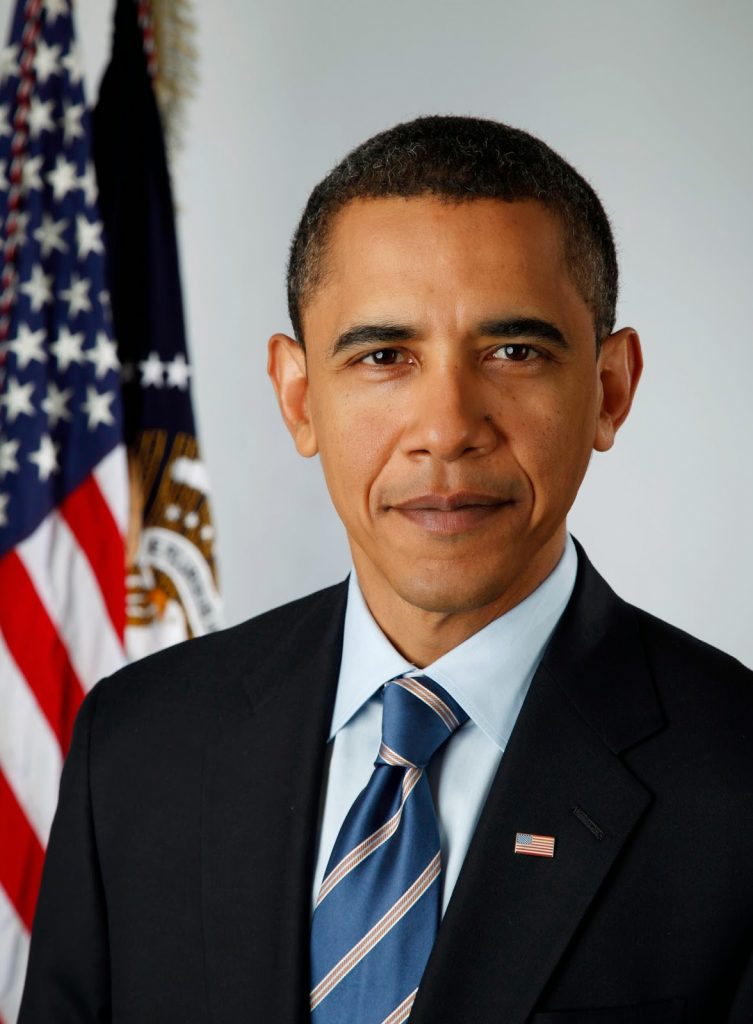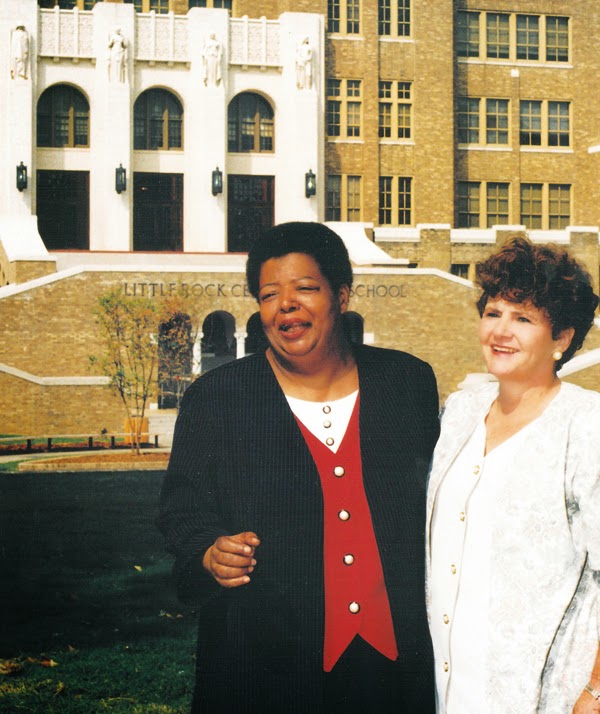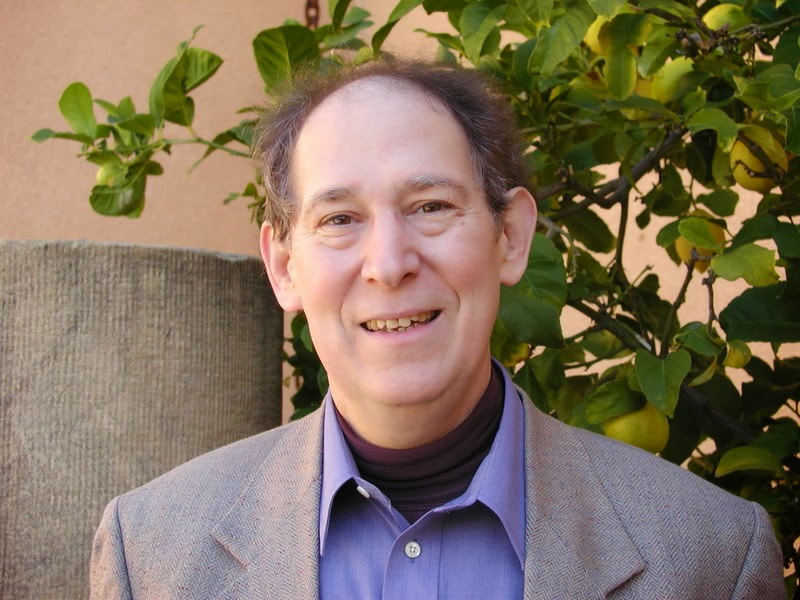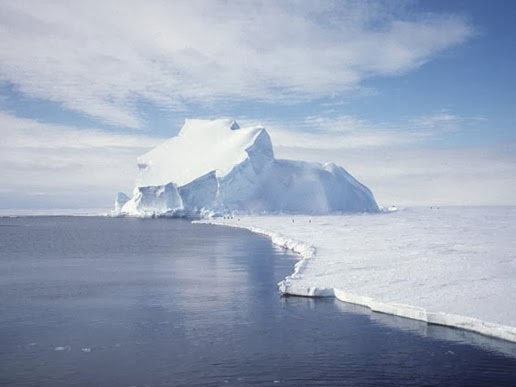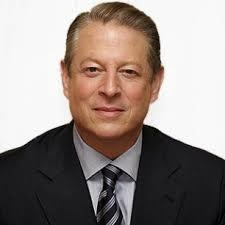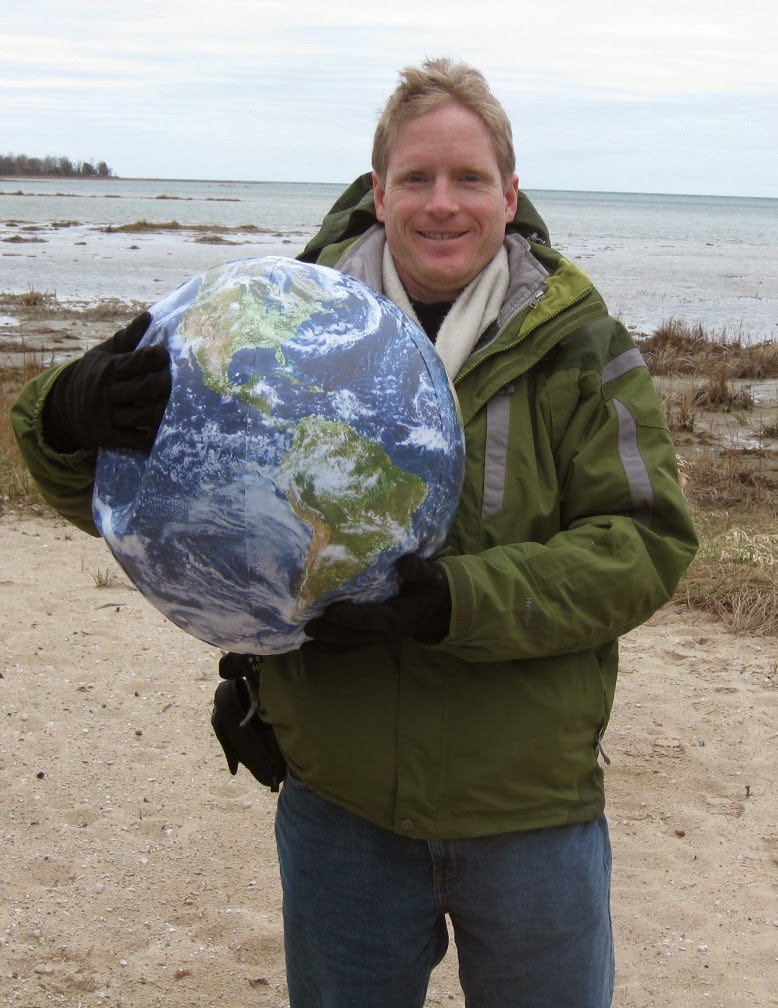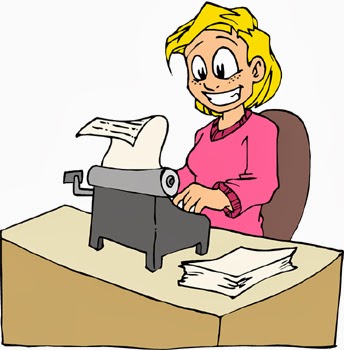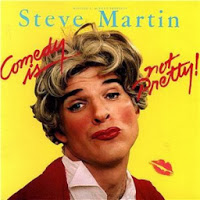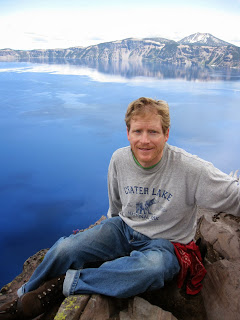“History will have to record that the greatest tragedy of this period of social transition was not the vitriolic words and the violent actions of the bad people, but the appalling silence and indifference of the good people.
Our generation will have to repent not only for the words and acts of the children of darkness but also for the fears and apathy of the children of light.”
– Dr. Martin Luther King, Jr.
January 27, 1965
Dinkler Plaza Hotel
I first heard this quote in the 1989 Oscar Best Picture, Driving Miss Daisy, one of my all time favorite movies. This Dr. King quote was spoken by him from an old 1965 recording played during the movie. It sticks in my brain to this day. I always wanted to honor Dr. King, one of my biggest heroes, by being a ‘child of the light.’ Even more, I wanted to honor him with my best words actions when my era asks for tough decisions.
Climate change is the critical issue of our time. Future generations will judge us whether we acted appropriately. President Barak Obama said no less in his 2014 State of the Union:
“The debate is settled. Climate change is a fact. And when our children’s children look us in the eye and ask if we did all we could to leave them a safer, more stable world, with new sources of energy, I want us to be able to say yes, we did.”
We may not realize it, but with our e-mails, Facebook, Youtube, and other Social Media, our words are being recorded for history. Our children will judge us by the actions we do or do not take today on climate change.
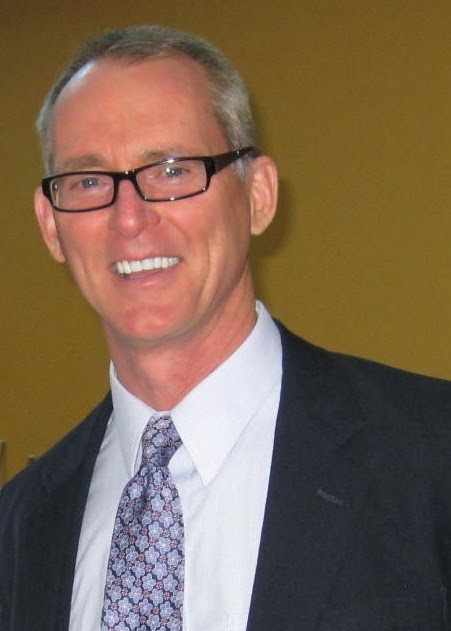 |
| Former Rep. Bob Inglis |
In his last address to his Congressional peers on the Energy & Environment Subcommittee in November, 2010, conservative Republican South Carolina Representative Bob Inglis began with this statement for his fellow conservative Republicans also in Congress:
“I’m very excited to be here Mr. Chairman, because this is on the record. And it’s a wonderful thing about Congressional hearings — they’re on the record. Kim Beazley who’s Australia’s ambassador to the United States tells me that when he runs into a climate skeptic, he says to them, ‘Make sure to say that very publicly, because I want our grandchildren to read what you said and what I said.’ And so, we’re on the record, and our grandchildren, or great-grandchildren, are going to read this.”
Our actions do matter. As Dale Carnegie once remarked,
“Perhaps You may forget tomorrow the kind words you say today, but the recipient will cherish them for a lifetime.”
The opposite is also true. If you choose the wrong words and actions, it can also haunt you for a lifetime. Even worse, future generations could also judge you harshly.
Elizabeth and Hazel
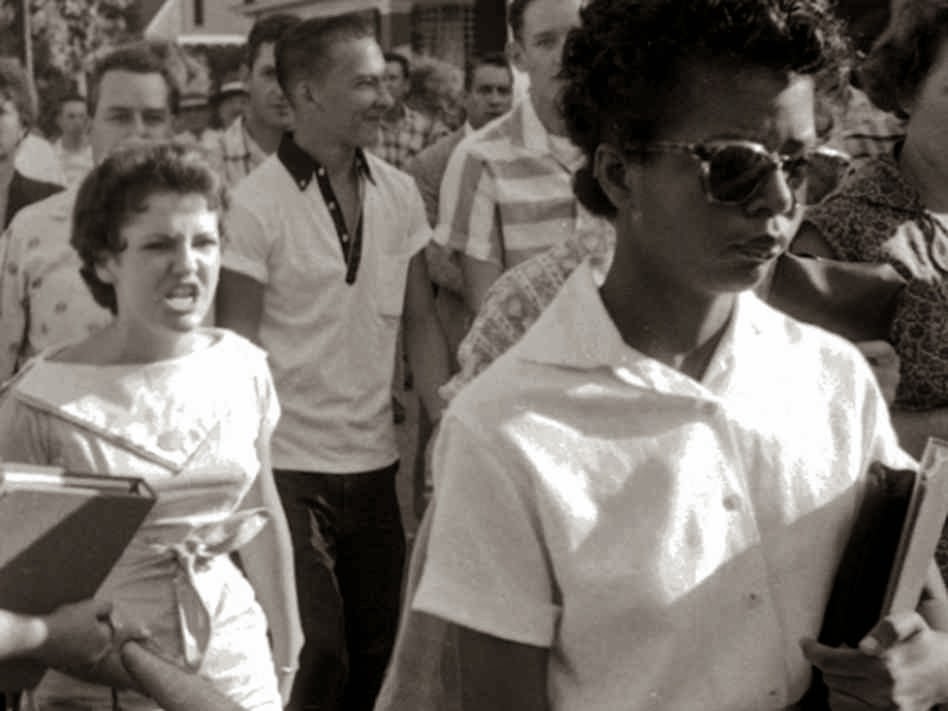 |
Hazel Bryan and Elizabeth Eckford
Image Source: npr.org
Original 1957 Photo taken by Photo Journalist Will Counts |
One person that will always be judged harshly by many people and even future generations is Hazel Bryan Massery. She is the 15 year old girl who walked behind Elizabeth Eckford, one of the Little Rock Nine, in one of the most famous photographs in history. The photo was taken on September 4, 1957. Hazel is forever seen in the black and white photograph with her teeth clenched and expressing a very angry insult at Elizabeth. In the same photograph, Elizabeth just stares ahead trying to ignore the unyielding and resistant mob. This assembled mob, including Hazel, does not want Elizabeth attending Central High School in Little Rock, Arkansas because of the color of her skin.
For all of eternity, the photograph forces you to choose between good and evil, tolerance vs. hatred, and love vs. fear. The photo may be in black and white, but there are no gray areas to cling. The photo begs to ask the question: Did Hazel ever change her opinion? Does she still feel the same hatred today?
For years, this question nagged at me. In January 2014, I took an amazing guided tour of Central High School National Historical Site with Ranger Jodi Morris. The visitor center sells a book about the two women, Elizabeth and Hazel: Two Women of Little Rock, by David Margolick. I bought the book and read it cover to cover within two days. I highly recommend the book because it did answer my perplexed questions of what became of Hazel and Elizabeth.
It turned out that some good and healing did take place. Six years later, when no still or video cameras were around, Hazel did call Elizabeth to apologize.
According to Marigolick’s book, Hazel was worried about her own legacy. She wanted to be a role model on racial tolerance for her sons that she never had herself. Even more bluntly, she did not want her sons to become the bigot she had been. When she found Elizabeth’s phone number and called her, Hazel identified herself as “the girl in the picture that was behind you yelling at you.” Hazel cried as she said she was sorry. She told Elizabeth what she had done was terrible, and she did not want her children turning out like that.
Elizabeth graciously accepted Hazel’s apology. Elizabeth thought Hazel sounded sincere and so clearly craved forgiveness. The conversation lasted five minutes and then they went their separate ways.
By 1990, Hazel took black teenagers who rarely left Little Rock on field trips to climb nearby Pinnacle Mountain and picking strawberries. She counseled young, unwed mothers, many of the black, on parenting skills. She became especially close with one mother, Victoria Brown and her six children. Hazel read up on the civil rights movement and even stood up to her own husband and mother when they made racist statements. Occasionally, Hazel would even tell friends she was that girl, always adding she was very ashamed of what she did.
Hazel started doing public interviews in 1997 to respond inquires about the famous September 4, 1957 photo. Reporters often had a preconceived perception that Hazel would still be very racist, but they were surprised that she felt full remorse for her behavior. One reporter noted photo still seemed to haunt her and it would not let her go.
Elizabeth and Hazel did meet around the 40th anniversary of the picture for a new reconciliation picture taken of the two of them in front of Central High School. Amazingly, they became good friends for awhile.
They spent a lot of time together. They traveled, and spoke to school kids. Not just about that awful day in 1957, but about their respective backgrounds. They shared with students who they were then and how they had changed.
“They were really kind of an amazing and inspiring couple,” David Margolick said in a 2011 NPR story, Elizabeth and Hazel.
However, the dark legacy left by that picture never fully went away. Other members of the Little Rock Nine never accepted Hazel. They thought she was a publicity hound. The white alumni of Central High from the class 1957-58 doubted her sincerity and even resented it. Elizabeth grew to be mistrustful of Hazel. She felt that Hazel had not fully owned up to everything that happened in the past.
On the other hand, Hazel felt like she did everything possible to recant, express remorse and work towards reconciliation with Elizabeth, but it was never enough. Their friendship dissolved and Hazel slipped back into her private life.
In the book, Elizabeth and Hazel, someone who knew both of them well was Skip Rutherford. He observed that Hazel “couldn’t take it anymore because no one believed her. People look at that photo and they can’t believe the person in it can change.”
Hazel liked to say that ‘A life is more than a moment.’ However, as this story shows, a momentary hurtful act can linger for a lifetime, even for generations and into perpetuity.
The story of Elizabeth and Hazel reminds me why I want to do everything I can to reduce the impact of climate change. I want to be a child of the light that would make Dr. Martin Luther King, Jr. proud.
Climate Change asks us to make a bold stand today
With Facebook, e-mails, YouTube, and all these other forms of electronic media recording us, our children and grandchildren may know our words long after we are gone. They may learn what we knew about climate change, when did we know it, and what did we decide to do about it.
It is troubling is that we have known about the danger of climate change for many years. In 1979, The National Academy of Sciences (NAS), one of the oldest and most prestigious scientific institutions in the United States, had this warning about climate change “A wait and see policy may mean waiting until it is too late.”
The report went on to conclude that “If carbon dioxide continues to increase (from the burning of fossil fuels), the study group finds no reason to doubt that climate changes will result and no reason to believe that changes will be negligible.”
In 1999, I read my first climate change book, Laboratory Earth: The Planetary Gamble We Can’t Afford to Lose by climate scientist Dr. Stephen Schneider of Stanford University. In the book, Dr. Schneider thought that that nature could provide us eventually with some ‘very nasty surprises’ if we continue our business-as-usual approach to burning fossil fuels.
What are these nasty surprises? Two of the most worrisome for scientists are tipping points with the Greenland and Antarctic ice sheets. In 2008, NASA climate scientist Dr. James Hansen stated,
“West Antarctic and Greenland ice sheets are vulnerable to even small additional warming. These two-mile-thick behemoths respond slowly at first, but if disintegration gets well under way, it will become unstoppable. Debate among scientists is only about how much sea level would rise by a given date. In my opinion, if emissions follow a business-as-usual scenario, sea level rise of at least two meters is likely within a century. Hundreds of millions of people would become refugees, and no stable shoreline would be reestablished in any time frame that humanity can conceive.”
However, that is projections for the end of the century. Sadly, climate change is not just a future threat. It is happening right now before our eyes. The NASA website shows multiple lines of evidence indicating that human caused climate change is happening right now and is a serious threat. The evidence includes accelerated sea level rise, rising global temperatures, warming oceans, declining Arctic ice sheet, worldwide glaciers retreat, increase of extreme weather events and ocean acidification.
One of the biggest worries for climate scientists are abrupt tipping points, where we blow past the point of no return. Scientists are still not even sure what they are and when we may encounter them, but why take that chance? These tipping points could be ice sheets on Greenland and Antarctica melting permanently, global food shortages and widespread crop failures with more extreme weather, rising ocean temperatures and acidity reaching triggering a crash in global coral reef ecosystems, and warming oceans push the release of methane from the sea floor, which could lead to runaway climate change, etc.
In a 2012 scientific published paper, lead author climate scientist Dr. Tony Barnosky of the University of California Berkeley, suggests the world must currently reduce greenhouse gas emissions about 5 percent each year for the next 38 years to limit the average global temperature rise to 2 degrees Celsius. (3.6 degrees Fahrenheit). Above 2 degrees Celsius is considered to be the point of no return for many climate scientists.
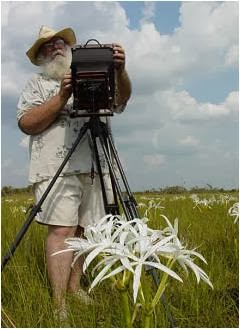 |
| Photographer Clyde Butcher |
Therefore, we must act fast. We have no time to lose. The decisions we make today could impact us for generations.
Yes, it is ultimately up to you and me.
When it comes to protecting nature and ultimately the planet, Florida wilderness photographer Clyde Butcher said it best,
“Most people do not realize it, but we are the government. I like to call it the God of ‘They,’ as if They will fix it. No, it’s really up to us.”
We must decide fast if we are not going to be like Hazel or the white mob in front of Little Rock High School who bitterly fought the necessary change. Or, will we be like President Eisenhower and the federal troops who took to the bold stand of action to usher Elizabeth Eckford and the other Little Rock Nine students inside the Central High School to start the process of racial integration.
Just like that 1957 photograph with Elizabeth and Hazel, our children and grandchildren will judge us if we made the correct action we heard about climate change.
As Hazel unfortunately learned during her life, history can make a harsh judgment against you if you make the wrong decision initially and then ask for forgiveness later.
Even worse, history can still make a harsh judgment against you if you knew for years that climate change was a serious problem, but you were afraid or too pessimistic to act. In the 1950 and 60s, there was millions of southerners and Americans who knew that segregation was wrong, but they did not act.
Dr. Martin Luther King, Jr. quote shows us that inaction in the face of reality is not acceptable.
“History will have to record that the greatest tragedy of this period of social transition was not the vitriolic words and the violent actions of the bad people, but the appalling silence and indifference of the good people.
Our generation will have to repent not only for the words and acts of the children of darkness but also for the fears and apathy of the children of light.”
With the warnings we have received from climate scientists, the moral compass of Dr. Martin Luther King, and the lesson of Hazel, we must act now on climate change.
I know what you are thinking:
Ok, Brian, you got my attention.
WHAT ACTIONS DO YOU WANT ME TO TAKE ON CLIMATE CHANGE?
The beauty of climate change is that there are numerous different paths that will lead us to a healthier planet, less impacted by climate change. Patrick Gonzalez, climate scientist for the National Park Service, advises,
“A million small things got us into this climate crisis, and millions of actions will get us out of it.”
I do encourage you to take the best effective action you can find to reduce the impact of climate change.
Even more, I will share what I am doing for you to steal ideas or even come up with better actions than mine:
1. Engage your family, friends, neighbors, and co-workers on the subject of climate change.
I have been so fortunate to communicate to others during the past four years as a public speaker, Toastmaster, Park Ranger, teacher at St. Louis Community College, volunteer for Sierra Club’s Beyond Coal Campaign, this blog, senior contributing writer to Climatebites.org, etc.
2. Educate yourself on the issue of climate change so you can hold your ground when friends and family make statements denying climate change.
Familiarize yourself with the climate denial myths and educate yourself why they are wrong. The best source I know to do this is skepticalscience.com.
Vice President Al Gore frequently talks this in what he calls ‘winning the conversation. He compares our conversation on climate change as similar to growing up in Tennessee during the Civil Rights era. In a August 2013 Washington Post Interview, Gore recalls,
“I remember as a boy when the conversation on civil rights was won in the South. I remember a time when one of my friends made a racist joke and another said, hey man, we don’t go for that anymore.”
The same action should happen with climate denial. When someone makes a denial statement, we must respond, “I am sorry but your facts are wrong and here is why…”
Use Skeptical Science to well verse why the denier myths are wrong. Even more, I contribute writings to the website Climatebites.org, where we compile sound bite quotes, metaphors, and even jokes to counter denier myths.
3. Join Citizens Climate Lobby (CCL)
The purposes of Citizens Climate Lobby are to:
1) create the political will for a stable climate and
2) to empower individuals to have breakthroughs in exercising their personal and political power.
CCL’s mission is to successfully establish positive relationships with the media and members of Congress so they will pass a carbon fee and dividend. This will correct the current free market weakness of our atmosphere currently being used as an open sewer for greenhouse gas pollution. This tax would account for the true costs to society of this pollution and enable renewable energy to truly be competitive on a level playing field.
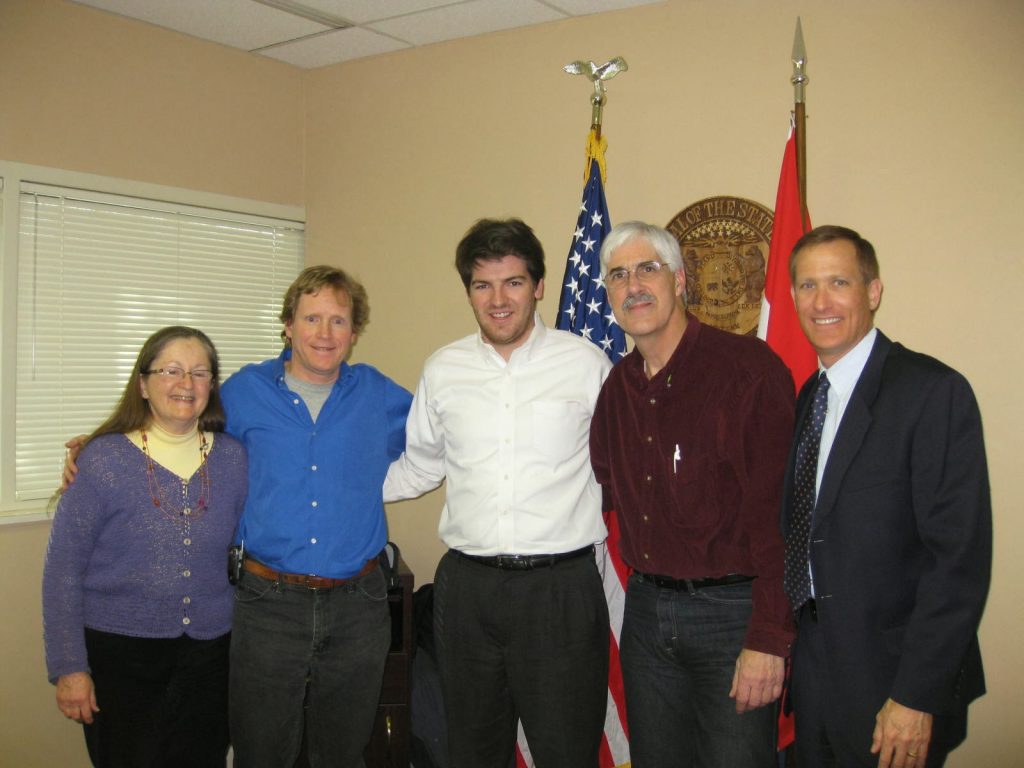 |
Members of St. Louis Citizens Climate Lobby meeting with
Brecht Mulvihill, Field Representative
for Missouri Congresswoman Ann Wagnger |
Personally, I have been involved with CCL for nearly two years. They have really empowered me to be more effective as a climate activist by helping me create an active CCL group in southern Oregon. Eight major newspapers have also published my opinion editorials in the past year, one with the St. Louis Post Dispatch and seven in Oregon newspapers calling for support for CCL’s carbon tax.
Because of CCL, I have also established a relationship with the staff of my Congresswoman, Rep. Ann Wagner. By getting to know her staff, my goal is to eventually have a face to face meeting with her to persuade to take action on climate change by supporting CCL’s carbon fee and dividend.
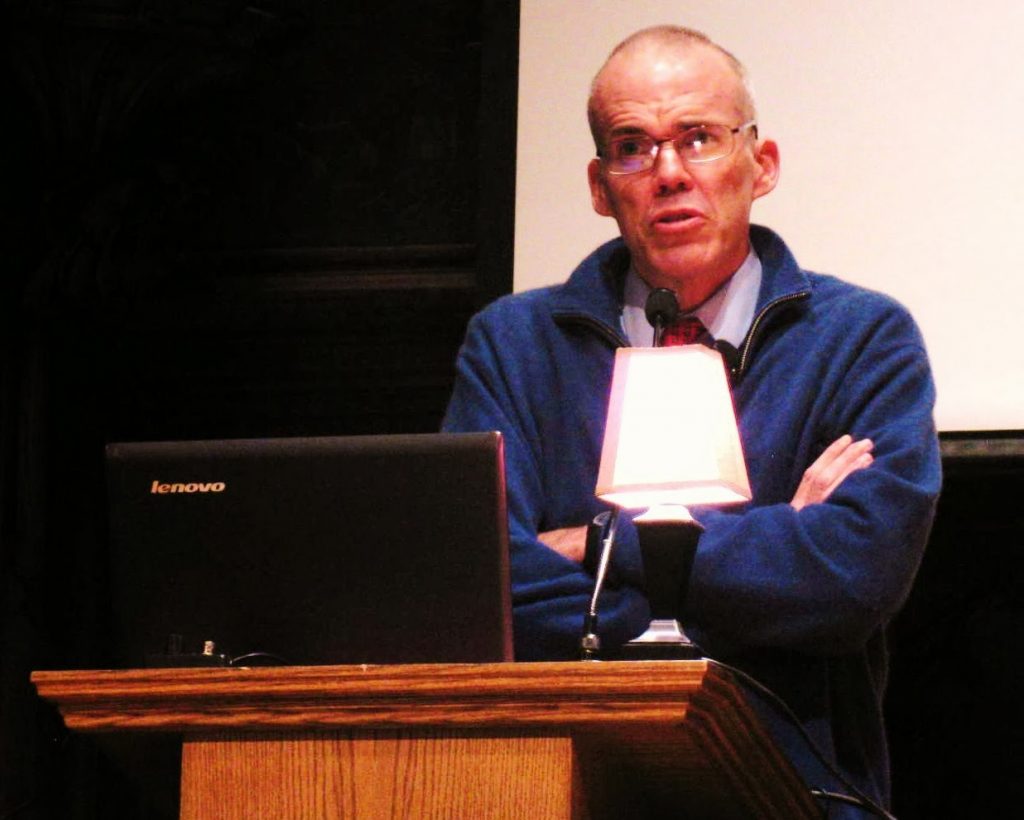 |
| Climate Activist & 350.org founder Bill McKibben |
4. Join 350.org and their Go Fossil Free Campaign.
In November 2012, I saw climate activist and founder of 350.org, Bill McKibben give a very inspiring talk at Washington University in St. Louis. During the question and answer portion, I asked the first question, “What are our marching orders, Bill?”
His response: “Contact your local college or university as a student, professor, or alumni and ask them to divest their endowment from fossil fuels.”
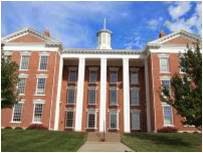 |
| William Jewell College |
I am a 1992 graduate of William Jewell College in Kansas City, Missouri. In this past year, I did just that I contacted a Jewell student, a professor, and Dr. Andrew Pratt, who administers Jewell’s sustainability program. I then had a phone conversation with Dr. David Sallee, President of William Jewell College in August, 2013, personally asking him to do what he can to divest Jewell’s endowment from fossil fuels. Dr. Sallee was very polite but unconvinced by my request. Thus, for my next step, the Hilltop Monitor, the student newspaper of William Jewell, published on February 7th a guest opinion I wrote asking my alma mater to divest.
5. Make energy efficiency improvements to your home.
In November 2011, I gave a speech, It’s Easy to be Green, for my local Toastmasters group. In this speech, I went through all the energy saving tips from the October 2010 Consumer Reports to show how they could save nearly a $1000 a year. Many of my fellow Toastmasters reject the science of climate change. However, when I showed them that changing their light bulbs and weatherizing their home could save them a lot of money, they voted me as the Best Speaker for that evening.
I showed them what energy efficiency expert, physicist Amory Lovins, chairman of the Rocky Mountain Institute likes to say,
“You don’t have to believe in climate change to solve it. Everything we do to raise energy efficiency, will make money, improve security & health, and stabilize climate.”
Lovins also states, “Climate change is a problem we do not need to have, and it is cheaper not to (have it)…Once people understand climate protection puts money back into your pocket because you do not have to buy all that fuel, the political resistance will melt faster than the glaciers.”
There are so many other actions you can take to reduce the impact of climate change.
Let’s Take Action on Climate Change!
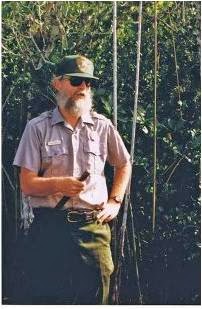 |
| Ranger Steve Robinson |
Yes, you do matter. Yes, your individual actions matter. When you take action, it inspires other around you to take action.
My mentor Steve Robinson, who was a park ranger in the Everglades for over 25 years, used to say
“every single person makes the world every single day.”
In the end, let’s not be like 15 year old Hazel Bryan Massery and make the wrong decision when history calls on us to take decisive action. Instead, let us aspire to be what Dr. Martin Luther King, Jr. calls us to be ‘Children of the light’.
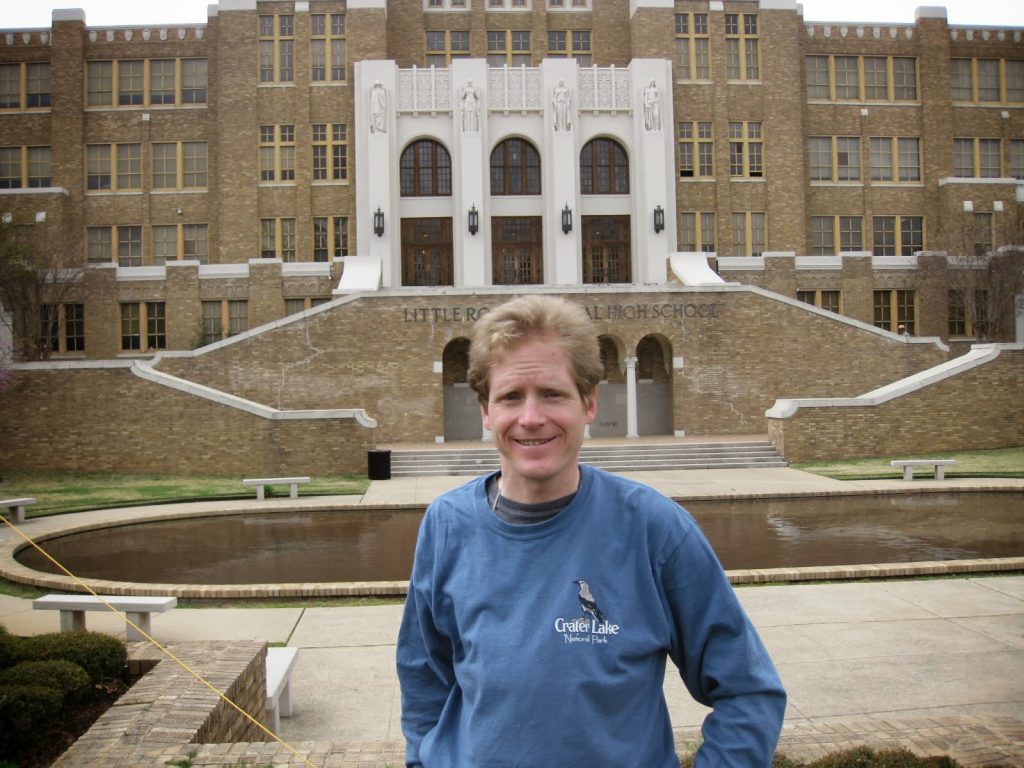 |
| Brian Ettling Standing in front of Cental High School, Little Rock, Arkansas |
